|
Programming Note: I will be "offline" for a while, so this is the last post for two weeks. See you in July. Recently, my wife and I went on a weekend getaway to Columbus, Georgia, to celebrate our 32nd anniversary. Throughout the experience, my trusty Rebel T5 camera was my constant companion. It had been decades since I last visited Columbus, and I was astonished by the significant changes that had taken place over the years. One particular highlight was the delightful downtown river walk along the Chattahoochee. Much to our surprise, we witnessed kayakers and rafts navigating the rapids, right in the heart of the riverwalk. Despite my wife's slight annoyance, I immediately made my way to the river's edge and began capturing the scene. The weather was overcast, so I adjusted the ISO settings to approximately 200-400. Wanting a moderately wide depth of field, I knew that the Sigma 18-250 EFS lens's digital zoom would limit my ability to achieve low apertures, so I settled for around 5.6. To freeze the action and capture as many images as possible, I opted for a shutter speed well above 1/1000s throughout. I set the shutter release on high-speed automatic mode, although I must admit that, for a Rebel T5, the speed was not particularly high. The bottom line was that I aimed to capture the dynamic moments and ended up with a plethora of images. I have now shared some of these photographs in this week's blog post, and the entire experience has made me contemplate the importance of having my camera with me at all times. Having a camera with you is the key to capturing the shot. It's as simple as that. When you have a camera within arm's reach, you seize every opportunity that comes your way. Personally, I carry my beloved Canon Rebel T5 with me almost everywhere I go. I affectionately refer to it as my "everywhere/everyday camera." This term encompasses cameras that are always within arm's reach, whether it's in the back of your car, your trunk, your luggage, or your backpack. These everywhere/everyday cameras are like trusted companions that accompany you wherever you may be. Today, I would like to discuss the essential qualities that make a good "double-E" camera and provide some insights on how to make the most of them. 1. Replacement CostThe cost of replacement is a crucial factor when considering a double-E camera. If you cannot afford to replace it, then it is not a viable option to take it with you. The more you expose the camera to adventures, the higher the risk of damage or theft. Each person has their own perception of what is considered "cheap" or "inexpensive," but ultimately, it boils down to the consequences of a broken, destroyed, or stolen camera. A good double-E camera is one that you are financially prepared to replace. While I will undoubtedly be saddened when my trusty T5 eventually breaks or stops working, I won't be devastated. In such a situation, I will likely opt for another affordable Canon DSLR with a cropped sensor. This decision is primarily driven by the fact that I already possess compatible lenses, which are also relatively inexpensive, and there is a wide availability of used Canon Rebel bodies for sale. If your camera carries a hefty price tag, you will naturally think twice before subjecting it to the risks associated with carrying it everywhere. This consideration becomes even more critical with an expensive full-frame DSLR, as the act of using it can potentially shorten its shutter life (camera shutters have limited lifespans, as measured by "shutter click" counters). A camera that makes you hesitate before using it does not fit the criteria of a good double-E camera. It's not just the camera body, though; the lenses are equally important. Lenses often exceed the camera's cost by a significant margin. A high-quality "L" series EF pro-level lens may produce crisp and stunning images, but what if you accidentally drop it? In contrast, a cheaper EFS lens may not match the same level of quality, but it will come close considering the price you pay. For everyday use, the cheaper lens will likely suffice. It's a cost-benefit analysis, but ultimately, the key objective is to capture the shot! Expense and capability go hand in hand. The question to consider is how much capability you can afford to lose. When it comes to double-E cameras, various factors determine their suitability. 2. CapabilityCameras come in a wide range of shapes, sizes, and capabilities. If you're interested in delving deeper into this topic, I recommend reading an informative article from Adorama that categorizes camera models into 13 types. However, regardless of a camera's capabilities, it's important to remember that if you cannot afford to lose it, it shouldn't be brought along as an double-E camera. Here are several camera models that have the potential to serve as good double-E cameras, taking into account their capabilities in relation to your skill level and the subjects you typically shoot in your everyday adventures. For detailed descriptions of each camera type, please click on this link:
I often reference the cropped-sensor DSLR (APS-C) cameras in category #3 because that is the type I personally use as my go-to double-E camera. I consider them as the standard baseline for all double-E cameras due to their favorable balance between cost and capability. These cameras are typically considered entry-level for individuals who are serious about pursuing photography as a hobby or profession. While they have a smaller digital light sensor compared to full frame DSLRs, they offer most of the same functions and can often use the same lenses. Despite the increasing popularity of mirrorless technology, cropped-sensor DSLRs remain prevalent and affordable. It is possible to find a good used cropped-sensor camera at a reasonable price. Don't believe me? Just head over to Facebook Marketplace, type "camera" in the search box, and see for yourself. Concerning Cell Phone Cameras...I strongly advise against relying on your phone as an double-E camera due to its limitations in terms of cost and capability. While phone cameras offer convenience and perform well in many situations, they primarily serve as tools for phone calls and applications. Their poor ergonomics make them awkward to handle and unsuitable for quickly adapting to changing photography scenarios. With their clunky design, they require intricate finger movements to set up and capture shots. Moreover, they are fragile and prone to being dropped and damaged. To illustrate my point, imagine having one opportunity to capture a clear shot of Elvis, the Loch Ness Monster, an alien, or Bigfoot. In such a scenario, would you prefer to rely on your phone or a dedicated and capable camera that you are comfortable using? Additionally, if the Men in Black were to appear and confiscate your camera afterward, would you rather lose the dedicated camera or your cell phone? For most people, the loss of a cell phone would be highly detrimental. These devices have become integral parts of our daily lives, and jeopardizing them is not advisable. It's not just the cost of replacement; it's also the data and functionalities tied to our phones that we rely on. In fact, many individuals experience significant distress when they misplace their cell phones—it's akin to a wizard losing their wand. If you don't believe me, I encourage you to watch the following video (note that it contains some strong language and may induce cringing). The bottom line is to protect your phone and aim for better shots by avoiding using it as your dedicated everywhere/everyday camera. If you are seeking an everyday/everywhere camera, I recommend utilizing a different device instead of relying solely on your cell phone. 3. Size and Weight - Grab and Go.As mentioned earlier, when your camera and lenses carry a hefty price tag, you tend to hesitate before taking them everywhere. The same consideration applies to weight and bulkiness. Personally, I avoid lugging around my heavy full-frame camera, along with its assortment of lenses, flashes, and support equipment, unless it is necessary for a paying client or a special occasion. An double-E camera, along with its lenses and supporting gear, should prioritize minimalism and lightness. It should be a "grab and go" setup. Here are some tips to ensure it remains that way:
Of note: Consider whether you truly need a laptop for editing images. In most cases, it can wait until you return home. Be cautious about adding unnecessary weight. If a laptop is essential, consider purchasing a used MacBook Air or a comparable Windows system that can serve as a temporary solution until you can transfer your images to the cloud or your main computer. The kit comparisons below include my MacBook Air. Below are two images for comparison. The first image showcases my high-end professional 6D bag alongside my Canon Rebel T5 "grab and go" bag. The bag on the right is capable of fulfilling 70-80% of the functions of the bag on the left in most lighting conditions. In the second image, you'll find a motorcycle variation of my "grab and go" kit, excluding the MacBook. 4. The Great Mitigator - Know Your Equipment.In most instances, an everywhere/everyday camera and lens setup will never reach the same level as high-end equipment. How can a photographer address the loss of capability? That is a subjective decision that solely depends on your personal approach.
Summary - Double-E's Make You A Better Photographer.Sometimes, the path to better photography lies not in purchasing more expensive equipment, but rather in having the right camera with you when you need it. Everywhere/everyday camera setups not only reduce risk but also incentivize photographers to take more risks and capture more photos. When it comes to a double-E camera, it's crucial to strike the right balance between cost, capability, and convenience. While expensive and bulky equipment may deter us from carrying them everywhere, choosing a lighter and more affordable option, like a cropped sensor or mirrorless camera, can be a wise choice. Understanding the strengths and limitations of your double-E camera and lenses is key to making the most of their capabilities. By compensating intelligently and making smart substitutions when needed, you can overcome the limitations and adapt to different shooting situations. With careful consideration and planning, you can ensure that your double-E camera serves as a reliable and versatile companion for capturing memorable moments wherever you go. If you enjoyed this blog post, please like and share on social media. Also, please explore and shop my fine art photography galleries below. Autographed paperback copy of "Abandoned Wiregrass"
$24.99
Get "Abandoned Wiregrass: The Deepest South’s Lost and Forgotten Places" signed by the author! Welcome to the Wiregrass, a place where abandoned doesn't always mean vacant, and vacant doesn't always mean empty. Nestled between Florida's sugar-white beaches and the agriculturally rich Black Belt, there exists a land of endless peanut fields and high cotton. This is the deepest of the Deep South, Dixie's last stand before accents and culture take on a decidedly Northern flavor along the Gulf Coast and Florida Peninsula. Narrow asphalt ribbons wind through this region's pine forests, passing through small farming communities that are fighting for survival in the global economy. The lingering aftershocks of the 2008 economic crisis and 2018's Hurricane Michael still reverberate here. These pressures, along with an aging and declining population, have created a region where abandoned buildings are commonplace. These forgotten structures speak of dreams lost; from crumbling sharecropper shacks, to desolate main streets, to modern homes where the owners simply moved on. Take a journey with award-winning author and photographer Brian Braden as he chronicles the slow-motion apocalypse of abandoned homes and businesses of the Wiregrass and also discovers a place of hope and transition, where citizens fight to revitalize their hometowns and preserve a rich cultural heritage. Allow 1-2 weeks for delivery. BW003 - "Christmas Boll Weevil"
$7.00 - $99.00
Enterprise, Alabama goes all out to celebrate the Christmas holidays, including decorating the iconic Boll Weevil Monument. The only monument to an insect, the Boll Weevil turned 100 in 2019 and celebrates the transition from cotton to peanuts as the region's primary cash crop. Part of the Brian L. Braden "I Love Enterprise, Alabama" Collection. Click over image for expanded view. The physical print you receive will not include the watermark. Allow 2-3 weeks for delivery.. BW004 - "Winter Boll Weevil"
$7.00 - $99.00
A crisp winter sunset descends behind the Boll Weevil Monument and College Street. The only monument to an insect, the Boll Weevil turned 100 in 2019 and celebrates the transition from cotton to peanuts as the region's primary cash crop. Part of the Brian L. Braden "I Love Enterprise, Alabama" Collection. Click over image for expanded view. The physical print you receive will not include the watermark. Allow 2-3 weeks for delivery.. BW002 - "Parade Boll Weevil"
$8.00 - $90.00
The famous Boll Weevil Monument not only stands in the center of downtown Enterprise, Alabama, it also symbolizes the communities very heart. The monument is always stage-center at the community's celebrations, like the annual Christmas Parade. The Boll Weevil turned 100 years old in 2019. Part of the Brian L. Braden "I Love Enterprise, Alabama" Collection. Click over image for expanded view. The physical print you receive will not include the watermark. Allow 2-3 weeks for delivery.. EP001 - "Crimson and Lavender Sunset 01"
$7.00 - $99.00
It is March, and the sun sets over field of crimson and lavender on the northern outskirts of Enterprise, Alabama. Part of the Brian L. Braden "I Love Enterprise, Alabama" Collection. Click over image for expanded view. The physical print you receive will not include the watermark. Allow 2-3 weeks for delivery.. EP002 - "Crimson and Lavender Sunset 02"
$7.00 - $99.00
It is March, and the sun sets over field of crimson and lavender on the northern outskirts of Enterprise, Alabama. Crystal orb photography is a new medium for me, and I'm excited to include the art form in my various collections. Part of the Brian L. Braden "I Love Enterprise, Alabama" Collection. Click over image for expanded view. The physical print you receive will not include the watermark. Allow 2-3 weeks for delivery.. EP003 - "Crimson and Lavender Sunset 03"
$7.00 - $99.00
This field on the northern outskirts of Enterprise, Alabama has since been converted to suburb. I am glad I was able to capture it in full spring glory before it was gone forever. Crystal orb photography is a new medium for me, and I'm excited to include the art form in my various collections. Part of the Brian L. Braden "I Love Enterprise, Alabama" Collection. Click over image for expanded view. The physical print you receive will not include the watermark. Allow 2-3 weeks for delivery.. EP005 - "Enterprise April Sunset 1"
$7.00 - $99.00
A lot of pride greets visitors to Enterprise, Alabama as they roll into town from the north along Alabama Highway 167. Part of the Brian L. Braden "I Love Enterprise, Alabama" Collection. Click over image for expanded view. The physical print you receive will not include the watermark. Allow 2-3 weeks for delivery.. EP006 - "Enterprise April Sunset 2"
$7.00 - $99.00
The view that greets visitors to Enterprise, Alabama as they roll into town from the north along Alabama Highway 167. The wildcat is the mascot for Enterprise High School. Part of the Brian L. Braden "I Love Enterprise, Alabama" Collection. Click over image for expanded view. The physical print you receive will not include the watermark. Allow 2-3 weeks for delivery.. EP007 - "Sunset Over Enterprise Electronics 1"
$7.00 - $99.00
The sun fades in the west behind Enterprise Electronic Corporation. EEC has been an industry leader in weather radars since 1971, and is just one of many high technology businesses in Enterprise and the Wiregrass area. Part of the Brian L. Braden "I Love Enterprise, Alabama" Collection.
Click over image for expanded view. The physical print you receive will not include the watermark. Allow 2-3 weeks for delivery.. EP008 - "Sunset Over Enterprise Electronics 2"
$8.00 - $90.00
The sun slips behind a massive radar dish at Enterprise Electronic Corporation. EEC has been an industry leader in weather radars since 1971, and is just one of many high technology businesses in Enterprise and the Wiregrass area. Part of the Brian L. Braden "I Love Enterprise, Alabama" Collection. Click over image for expanded view. The physical print you receive will not include the watermark. Allow 2-3 weeks for delivery.. EP011 - "Bellwood Road Sunset"
$7.00 - $99.00
A derelict farmhouse house sits just south of town on a beautiful May evening. Part of the Brian L. Braden "I Love Enterprise, Alabama" Collection. Click over image for expanded view. The physical print you receive will not include the watermark. Allow 2-3 weeks for delivery..
0 Comments
I spent the morning of July 4 giving my new motorcycle tailbag a "shakedown" ride to test it. The bag allows me to bring along my camera gear without wearing a backpack. It worked great! I was able to quickly stop, access my camera, take the shots, and then resume my road trip. For those that ride, I'm not a fan of big "baggers", preferring lighter and more nimble machines. However, light comes with a cost - no storage. However, I found ample after-market modifications for my Sportster S, and was able to put on a small rear rack and tailbag that work great. Photo expeditions are more interesting from a motorcycle than a car or pickup truck. Getting there becomes an adventure. I don't see the countryside, I experience it. Air-conditioned cars isolate you from the world, motorcycles immerse you. I can smell what a place looks like (if that makes any sense) and it imprints in my memory. I see more, and its easier to turn around and park. I love to listen to my music and let the miles roll by, but I can 't "zone out" on a motorcycle. I must stay engaged every moment or the experience can turn unforgiving in a second. When I stop, I strike up more conversations, especially with fellow riders. Simply put, It's incredibly fun. Here are a few shot of my set up and the images I captured that day. Enjoy! This platform is my entire advertising budget and is how I share the word on my books. Also visit my Facebook, my author page and check out my photography book from America Through Time, "Abandoned Wiregrass: The Deepest South's Lost and Forgotten Places."
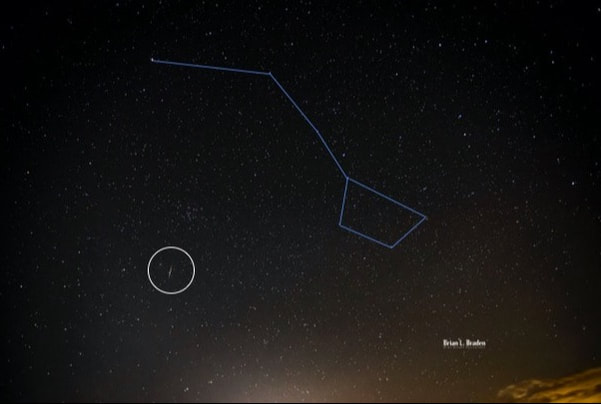 Last night I spent about an hour trying to catch the Tau Herculids Meteor Shower. NASA said it was either going to be a bust, or glorious. It was a meh. I saw two with my eye, and captured several more with the camera. In fact, it was the first time I have ever captured a meteor streak on camera. In this image I included the Big Dipper to give perspective where my camera was pointing. It was a good time. I'm looking forward the next meteor shower. If you enjoyed this blog, please like the post and leave a comment or if you're feeling brave, share it on social media. This platform is my entire advertising budget and is how I share the word on my books. Also visit my Facebook, my author page and check out my photography book from America Through Time, "Abandoned Wiregrass: The Deepest South's Lost and Forgotten Places."
A tip led me on a January journey into Pike County, Alabama. I was looking for an old church. Sunset was fast approaching, and I was beginning to lose hope I'd reach it in time to get any good shots. Sure enough, it was right where I was told. I can find very little about Union Springs Primitive Baptist Church online, other than it exists. However, its clearly taken care of, including the adjacent graveyard. By the looks of it, there may still be services conducted here. The first thing I noticed was the long dirt lane leading off the main road. The sunset light here is spectacular, and I am positive the sunrise will be equally spectacular. I spent as much time taking photos of the lane as the church. This is a beautiful place. I will return to this place at dawn. I'm sure the church, with its eastern exposure, will light up in the sun rise. Does anyone out there know the history of this place? If so, please leave a comment. #photography #rural #church #oldchurch #alabama #pikecountyalabama #primitivebaptist #canon #canonphotography #canon6d If you enjoyed this blog, please like the post and leave a comment or if you're feeling brave, share it on social media. This platform is my entire advertising budget and is how I share the word on my books. Also visit my Facebook, my author page and check out my photography book from America Through Time, "Abandoned Wiregrass: The Deepest South's Lost and Forgotten Places."
I've been quiet lately. Its mostly my day job, but some of it is taking care of photography clients and, yes, writing. In fact, right now I'm in the Smokey Mountains in a secluded location for the sole purpose of writing. However, along with that, I've been hiking and taking photos, too. I've knocked out two chapters for Book 4 of the Chronicles of Fu Xi. I'm hoping to complete two more before I have to leave. Its going to be difficult, because this place is so amazing. Right now, I'm exhausted. I hiked 7 miles today and forgot I was an out of shape fat guy. To celebrate I roasted a t-bone over an open fire, drank a few cold ones and watched the sunset. I took these images just a few minutes ago right in front of my cabin. Its going to be a short blog...OMG WHAT THE HELL!? WE INTERUPT THIS BLOG FOR IMPORTANT BREAKING NEWS. I'm sitting here typing out this blog when all of a sudden a damn spider lowers itself on a web RIGHT IN FRONT OF MY FACE! Needless to say, my pre-programmed automatic threat countermeasures deployed. Basically, I clapped and tied to smush the little bugger. It only served to propel said spider right on top of my keyboard. I present for your approval LITTLE BASTARD. The little shit sat there and, of all things, started critiquing my writing. I tried to explain to Little Bastard this is just first draft, but he wasn't amused. I mean LOOK AT HIM! Can't you just see the judgement just dripping off his expression. I asked him if he was poisonous, to which he replied not nearly as poisonous as my prose Then it chastised me for assume its pronouns. 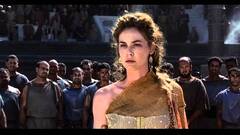 "Honor him...and buy a book." "Honor him...and buy a book." Being that I have nothing against spiders, I have spent the last ten minutes trying save Little Bastard, but Little Bastard would have nothing to do with it. In my said attempt to save him, I accidentally crushed to life out of him. This spider was a dumbass. He tried to attack me during the rescue effort. I'm going to have to chalk this one up to Darwin and keep on moving. If you want to honor the memory of Little Bastard, you can visit my author page and buy a copy of one of my books in his honor. If you do so, you will be a better person. See ya Monday, when I'l try to have a worthy blog entry that doesn't involve dead spiders. ***
If you enjoyed this blog, please like the post and leave a comment or if you're feeling brave, share it on social media. This platform is my entire advertising budget and is how I share the word on my books. Also visit my Facebook, my author page and check out my photography book from America Through Time, "Abandoned Wiregrass: The Deepest South's Lost and Forgotten Places." As promised, here's my shots of the L.A. band "Temple Monarc" from their October 2nd appearance at Harlow's in Ozark, Alabama. However, I wasn't the only photographer there that night. My friend Savanna Kirkland of Embrace Photography was also there. As the wife of "MidLife Crisis" bassist Ken Kirkland, Savannah is keyed in to the local music scene. She takes some incredible photos, and I was excited when she agreed to let me post her images from that night. Here's a little about Savanna and Embrace Photography in her own words: 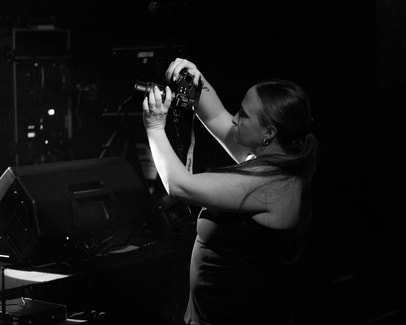 "My name is Savanna and I started Embrace Photography because of my love to catch the "moments" of live action photography. I specialize in live music performances by showcasing the musicians energy and love of their craft. My goal is to capture the musicians emotion that allows my audience to feel that they were a part of the performance through my photos." The slideshow intersperses Savanna's and my photography to give the viewer some idea of the great show and energy on stage that night. Thanks to Live at Harlow's for letting us take photos. Located in downtown Ozark, Harlow's does an amazing service by bringing great music to the Wiregrass, including acts from across the region and US. Please check them out and support local music! Please visit Temple Monarc's Facebook as well and check out their great music. Enjoy! music #photography #musicphotography #liveperformance #canonphotography #rockandroll #liveatharlows #templemonarc #embracephotography *** If you enjoyed this blog, please like the post and leave a comment. Also visit my Facebook, my fine art photography and check out my photography book from America Through Time, "Abandoned Wiregrass: The Deepest South's Lost and Forgotten Places." I love rock and roll photography. It's addictive, a serious rush, especially when the band knows how to put on a show. Last weekend at Harlow's in downtown Ozark , Alabama, the band "Midlife Crisis" put on a great show. I liken live performance photography, most notably high energy music like rock, to a high intensity workout. It builds one's skills and quickly highlights a photographer's weaknesses. The floor is crowded with people who want to see the show, not a photographer's back. If you can keep up with fast moving band in a dark venue with constantly changing light conditions, those skills readily translate to other subjects in challenging conditions. I try to come out of every live performance session with a list of lessons-learned to carry to my next session, whatever the subject may be. Sometimes, if the band is really good, I find myself pulsing to the harmony, my Canon's shutter clicking to the beat. It's a great feeling capturing photons in sync with the rhythm. Last Saturday was exactly like that. Here's some of my favorite shots from Midlife Crisis, Live at Harlow's on 2 October, 2021. #music #photography #musicphotography #liveperformance #canonphotography #rockandroll I promised to talk about composition this week. I've been dreading it. Why? Because one cannot discuss composition without talking about THE RULE OF THIRDS. Every photography blogger, tutorial, video and expert on the interwebs has talked about the Rule of Thirds. There isn't much new to cover in this area, so I'll cover it my way - short and to the point. The Rule of Thirds dictates that its best to put your subject in one third of your composition (one side or another), and leave the other two-thirds open. That's it. It's nothing more complex than that. Experts say this provides balance to your composition. As crazy and as simple as it sounds, it works. It's been proven repeatedly using this basic ratio for composition provides a more balanced and pleasing image. Why? Some say it has something to do with The Golden Ratio, which is a mathematical ratio of roughly 1.61. When you do magic math stuff it creates a spiral like the one below. Scientist and other smart people say The Golden Ration is present everywhere in nature, and generally God thought it was a good idea. Notice, the spiral tightens in one third of the image. Essentially, the ROT and GR are expression of the same thing. This is what you need to know about to use these composition tools. 1) Your camera or phone likely has a menu function to place a grid or ratio image in your viewfinder or screen. This will allow you to template your image. 2) You can also set the manual focus points on your camera to focus your subject on one side or the other. This will ensure you are using the ROT and to make sure you're focused on your subject. We'll cover these tools in future blog posts. 3) You can also crop an image to get the ratio correct, but that is a last-ditch move. Cropping degrades your image quality. Its best to get the ratio correct when you take the image. Why do I think ROT is important? Using this ratio allows the photographer to set up their subject and give it context. It allows you to frame your subject, and provides room to "dress" up the subject with light, context, leading lines, or powerful settings. IT GIVES YOU ROOM IN YOUR IMAGE TO TELL A STORY. That's it, the Rules of Thirds in a nutshell. I'm going to leave you with one of my images which I think demonstrates the ROT. Notice the vase is the subject, and its center occupies the left 1/3. It is the focal point. The vineyard provides both context and leading lines. The hills beyond bisect the vase's top, which then leads you to the vineyard, which leads to the vase. The bush isn't ideal, but sometimes ideal isn't possible. However, the bush does provide balance and blends with the greens so isn't so noticeable. It also leads your eye back to the vase. See you next time. ***
If you enjoyed this blog, please like the post and leave a comment. Also visit my Facebook, my fine art photography and check out my photography book from America Through Time, "Abandoned Wiregrass: The Deepest South's Lost and Forgotten Places."
I've decided to try something different on Photography Phridays. When I'm not actively blogging on a topic I'll debut my images here first. Today's debut, "Driftwood Portal" comes from my recent trip to the west coast, specifically McVeay State Park in Oregon. An interesting tidbit about this image, there was a whale not far beyond those rocks.
We'd stopped here on chance, and I spent an hour looking for the right shot. As it happens, the Gray Whales had begun their annual migration. This was the first time I've ever seen a whale. We spent another half hour just standing on the cliffs, watching. I never got a good photo of them, but that doesn't matter. The experience was amazing. You can find this image, and the rest of my gallery, at Fine Art America. #photography #gallery #sunset #beach #coast #Oregon #driftwood PHOTOGRAPHY PHRIDAY, EP 5: SUBJECT, PART 2. Focal Point and Depth of Field as it relates to Subject.9/17/2021 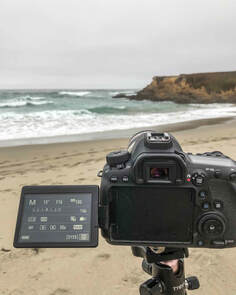 The concept of subject isn't a simple as it sounds. The concept of subject isn't a simple as it sounds.
We talked last week about subject. Subject is what you are photographing. It’s what you want the viewer to see. Everything else in the image supports the subject. It could be the tiniest insect, a child, a bride, or the Grand Canyon.
Here’s the first question you should ask: “What is my subject?” On the surface, it seems like an easy question to answer: it’s a person or defined object. I recommend tweaking that question to “Where do I want my viewers eye drawn?” Your subject might have a subject! Is it the model’s stunning eyes? Is it your child’s beautiful smile? Is it a lone tree out on a prairie? Is it one person in a crowd or the crowd itself? Is it the tree or the beam of light shining through the branches. The subject’s subject is where you place your focal point. There is a relationship between focal point, depth of field and your subject. That relationship will determine your first camera settings: focal point and aperture. Focal point is that box, boxes or dots that blink around the area when you point your phone camera, or the boxes that blink when you press your shutter button on your DSLR or mirrorless. If you’re shooting on a phone, or in auto, the software will determine your focal point. This can be good and bad. Good it you have to get the shot quickly, bad if the device picks a spot you don’t want. I highly recommend taking control of focal point. Don’t let your camera pick it for you! If you have a DSLR, there will be a button somewhere on your camera or as a part of your control screen that allows you to take control of you autofocus point. Controlling the focal point is the first step in mastering your camera and getting the image you want. Cameras come with more than one focal point and it doesn’t have to be in the middle of the image The more advanced the camera, the more auto focus points it has. Press the focal point button on your camera (the image I show is on my Canon) and start playing with adjusting its size and placement. It will differ from camera to camera. There are plenty of videos on Youtube that can teach you this depending on your model. If you really want to get creative, turn off the autofocus entirely and use the manual focus ring on your lens.
Aperture is depth of field, or how much of the image is in focus. This is measures by the “fX.X” number on your lens. There are lots of factors regarding aperture, and we won’t get into all of them today. The lower the f number, the blurrier everything gets outside your focal point. The higher the number, more of the image is in focus. It’s more complicated than this, but this gives you the basics. Here’s the important part: If you are shooting below about f7.0 you better know exactly where your focus point is, or your subject may be blurry.
Here are some examples of focal point and aperture in my own photography. This landscape is a wide angle shot (18mm) with a wide depth of field (I seem to remember about f7.0). The focal point & subject are the barns, but I wanted a great deal of the field is in focus, too.
This photo has a narrow depth of field (f1.8) and a tighter focal range (50mm). This called for a precise focal point on the flower's stamens (my subject's subject), and letting everything else blur into shadow and color.
The rule of thumb I use is the more shallow the depth of field the smaller you want your focal point, such as using only one point or block. If you are doing broad, sweeping landscapes at deep depth of fields you want a broad focal point. The auto focus points don’t have to be in the middle, either, but we’ll talk more about that when we get to composition another day.
If you want close up and intimate, then you want wider apertures, like f4.0 or lower. This will concentrate the viewer on one spot and let the rest of the universe melt away. If I have a zoom lens and I’m using it at high, tight focal lengths, I usually also want to use lower apertures. So to recap, a good rule of thumb is the tighter, closer and more intimate the shot, the smaller your focal point. This allows you to focus exactly on what you want. The wide, broader and larger the subject, the bigger the focal point. These are guidelines, not rules. So to recap: 1) Control your focal point. 2) If your depth of field is shallow, use a more precise autofocus point. 3) If you are zoomed in, use a smaller focal point, too. 4) Loosen up the focal point as you zoom out and as you depth of field increases. These are the first steps to ensure your subject is what the viewer’s eye is drawn to. Next time, we’ll discuss subject as it fits into composition. Next time we talk, we’ll start bringing composition into the mix. Thanks for stopping by! *** If you enjoyed this blog, please like the post and leave a comment. Also visit my Facebook, my fine art photography and check out my photography book from America Through Time, "Abandoned Wiregrass: The Deepest South's Lost and Forgotten Places." #photography #subject #photographytips #tutorial #photographytutorial #howto #photographylessons |
Archives
July 2023
Categories
All
|
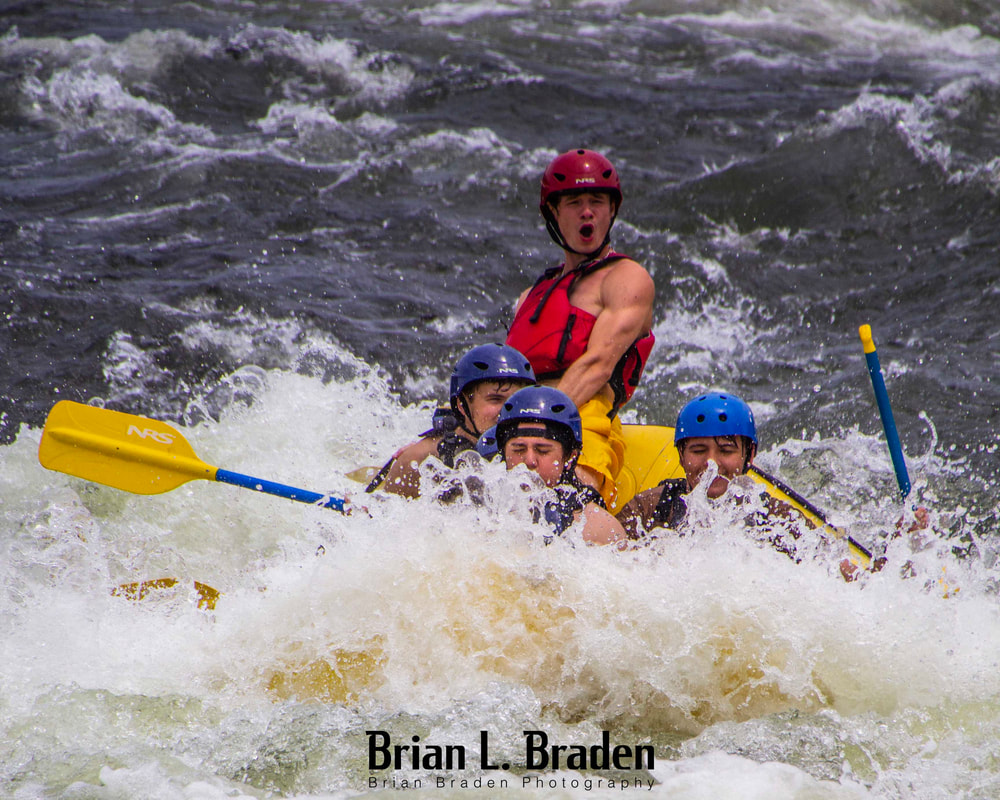
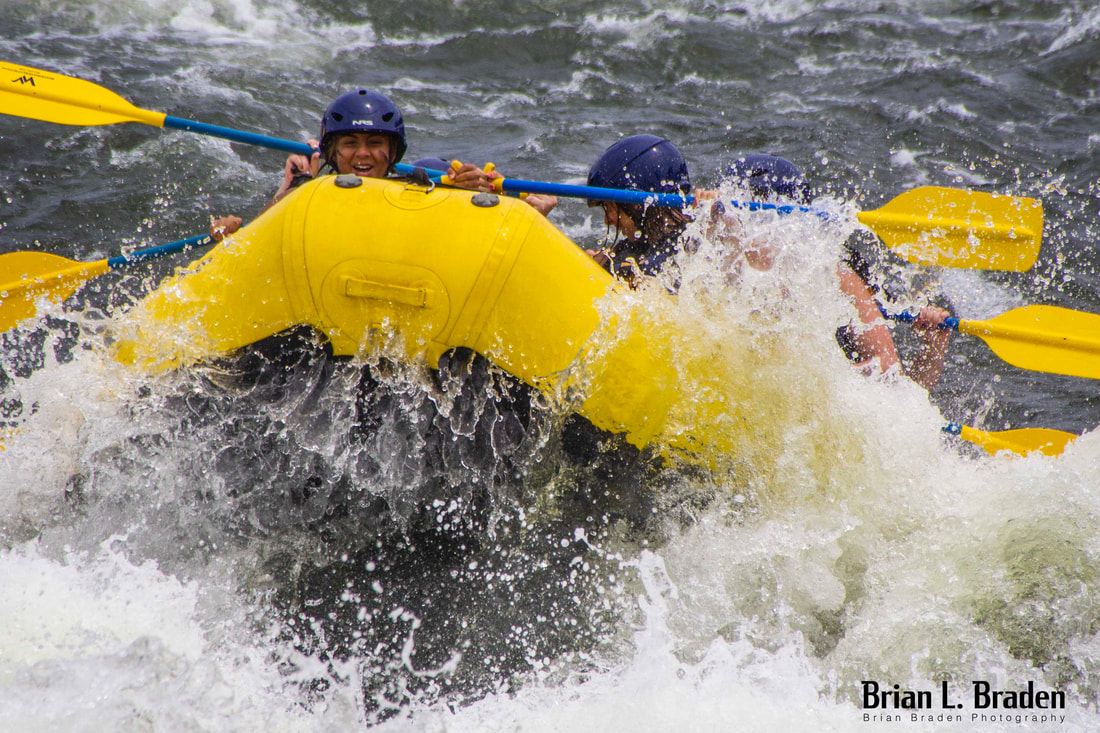
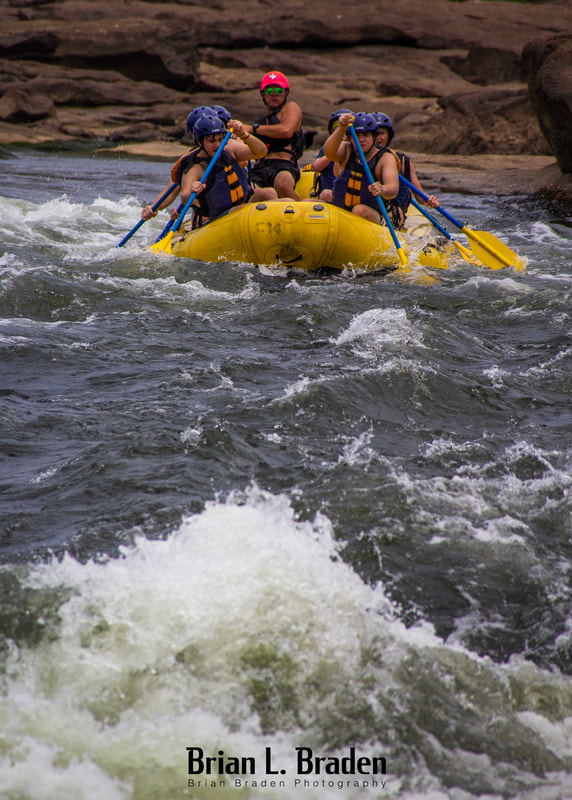
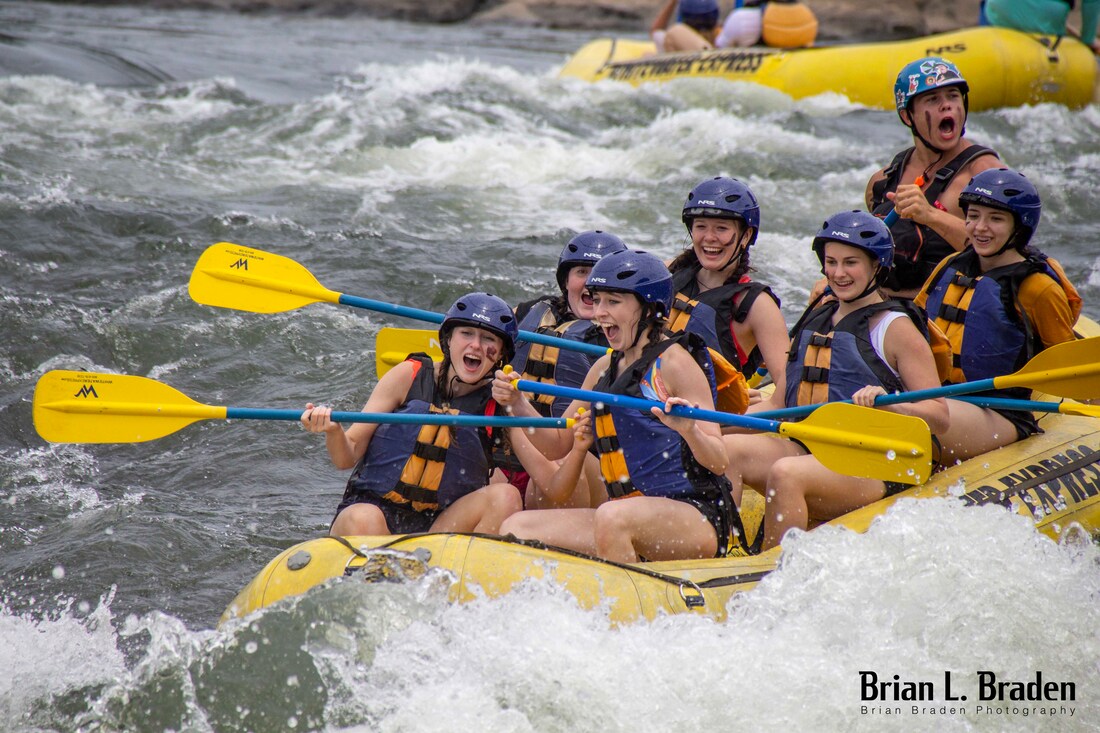
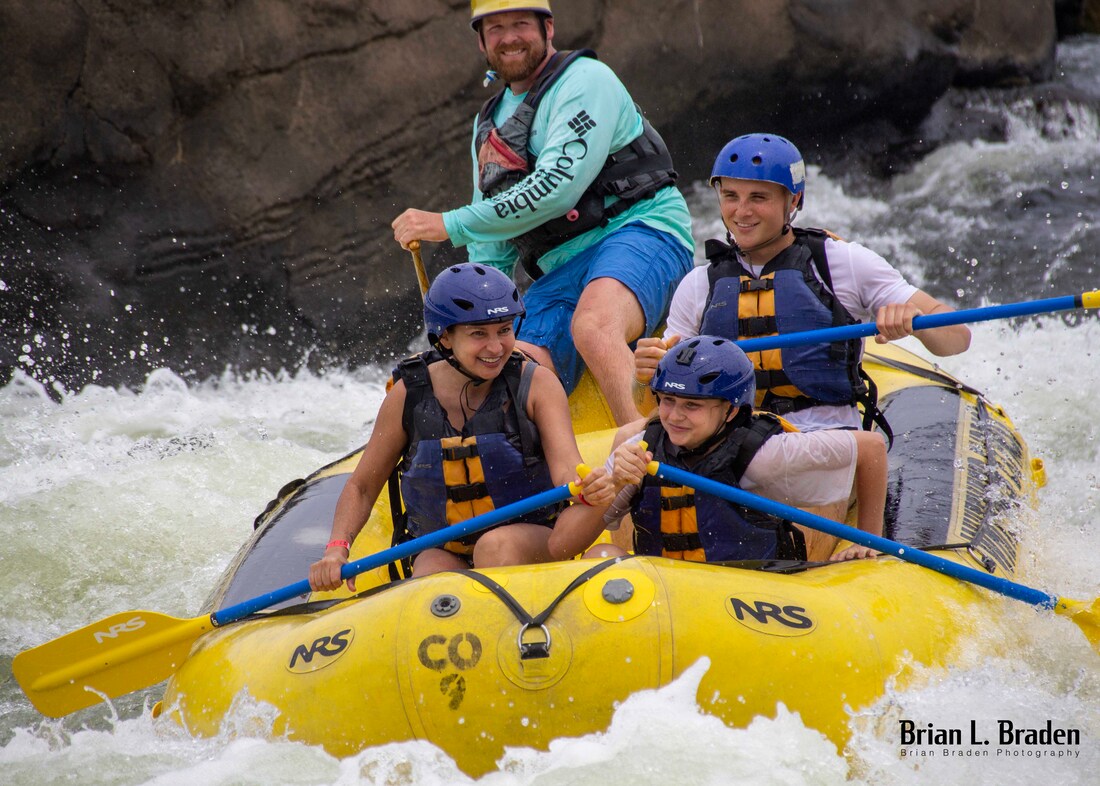
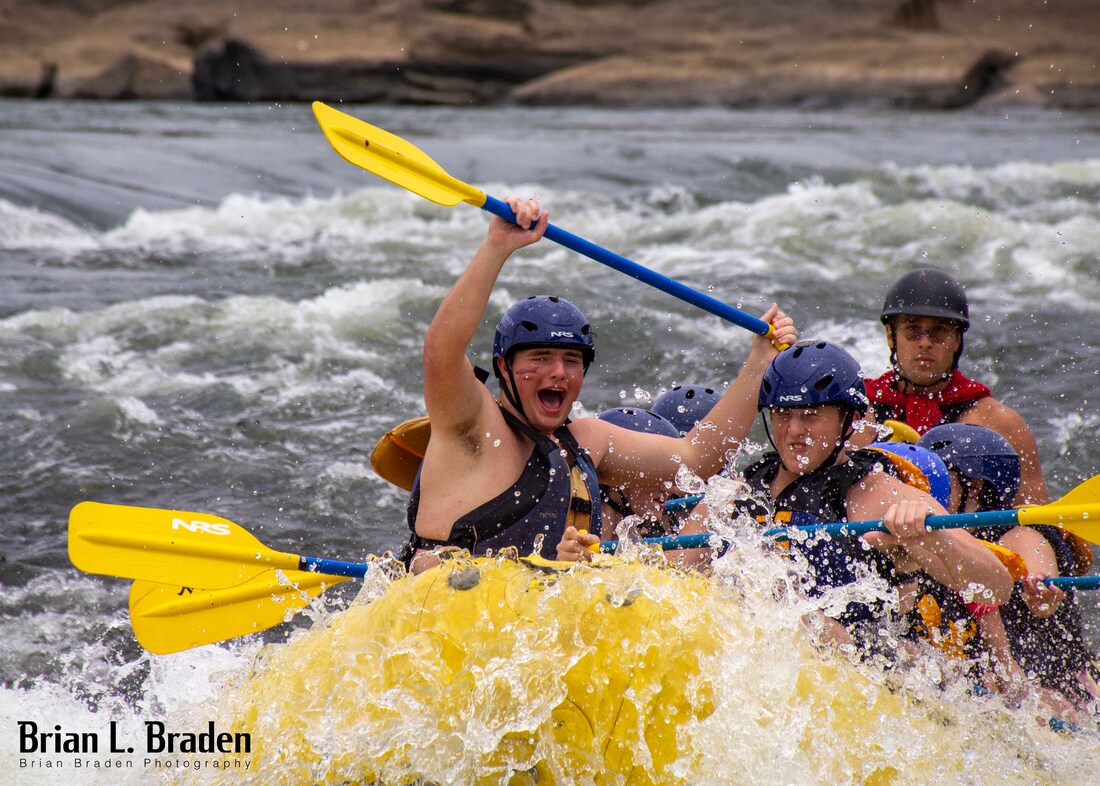
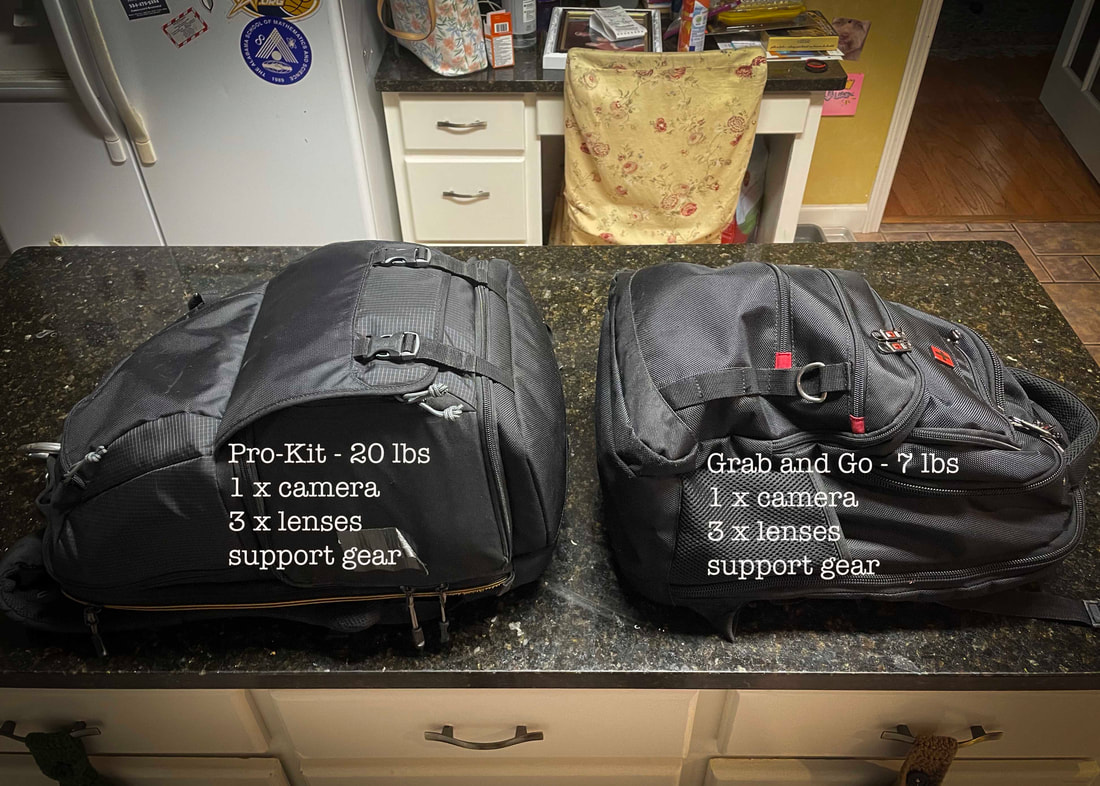
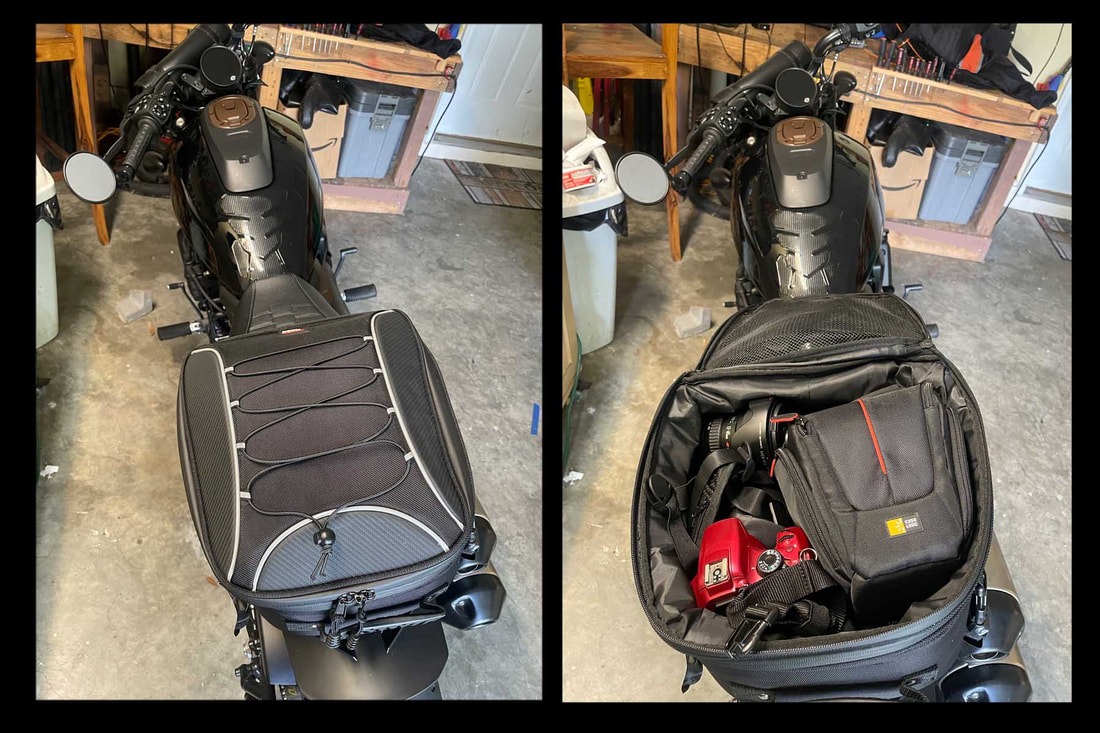
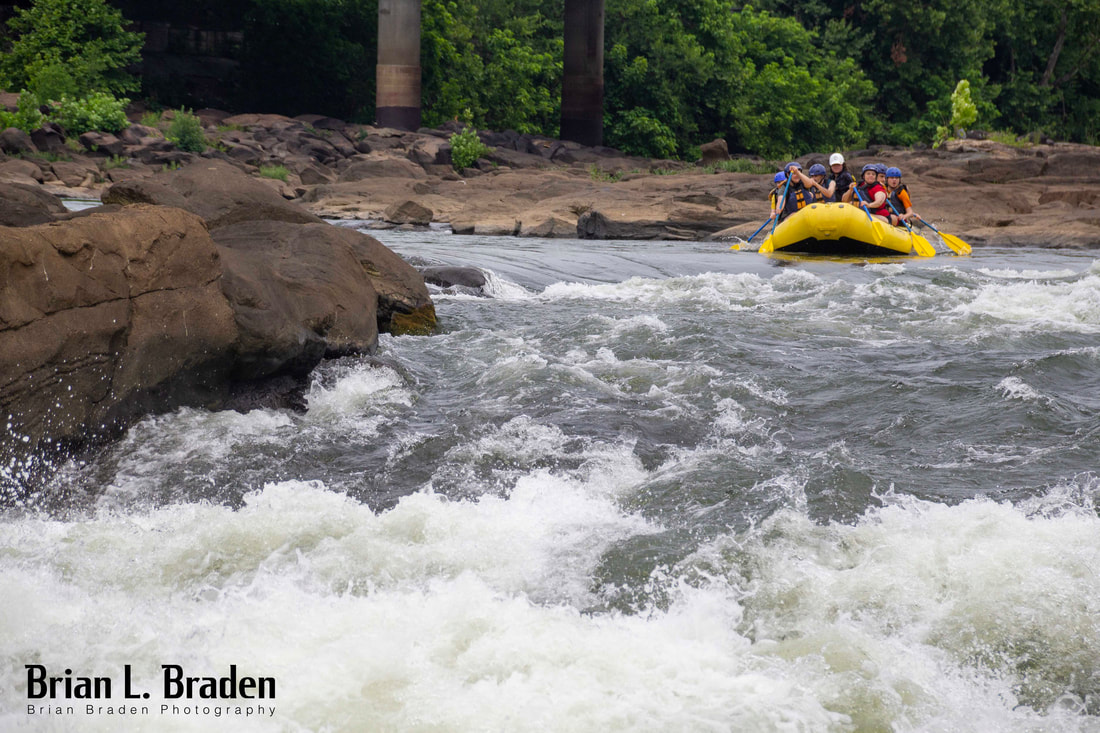
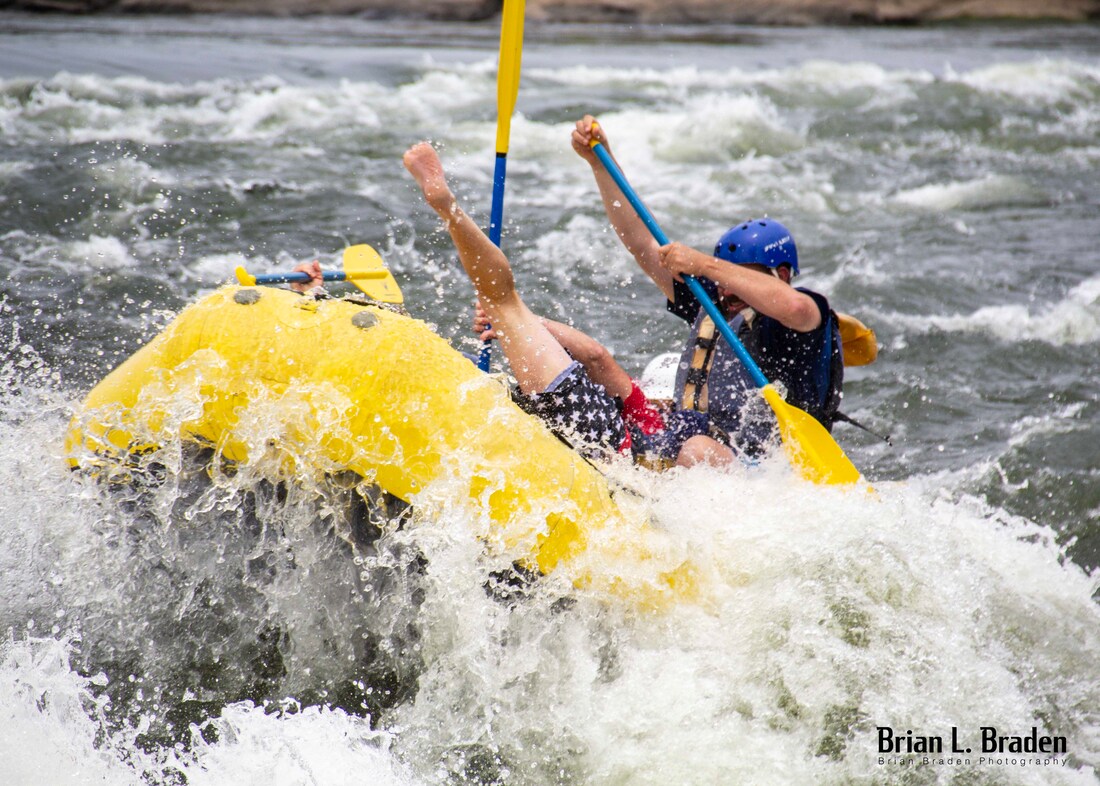
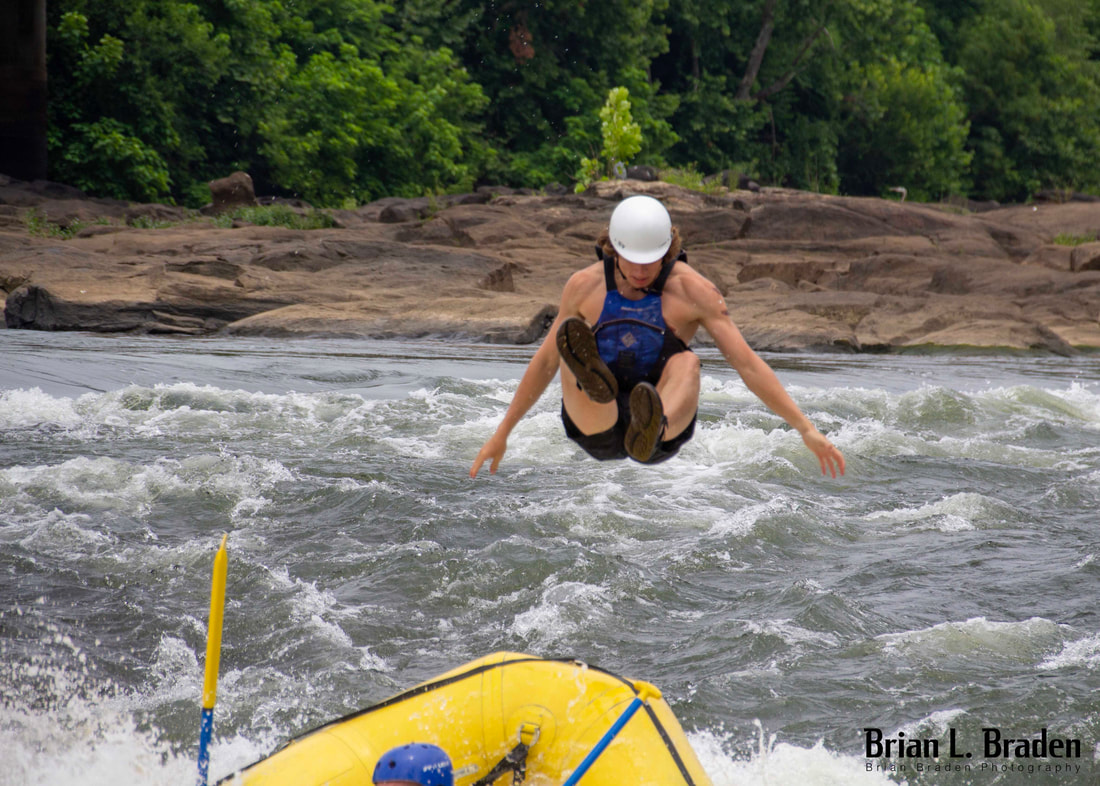
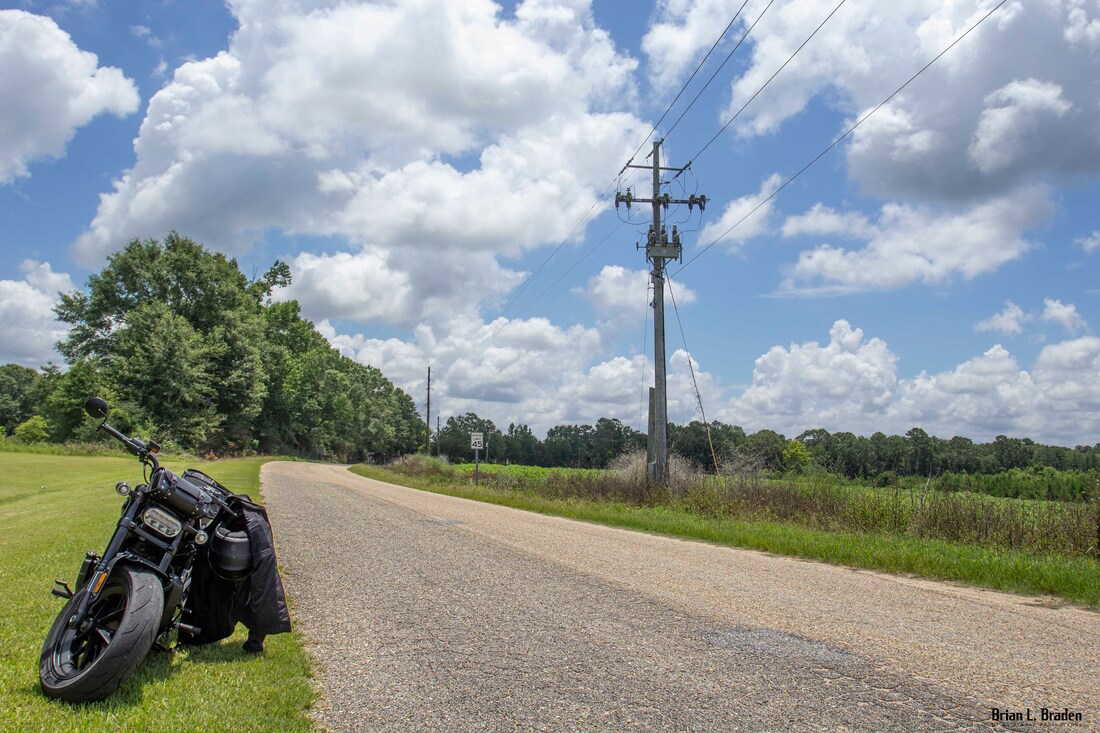
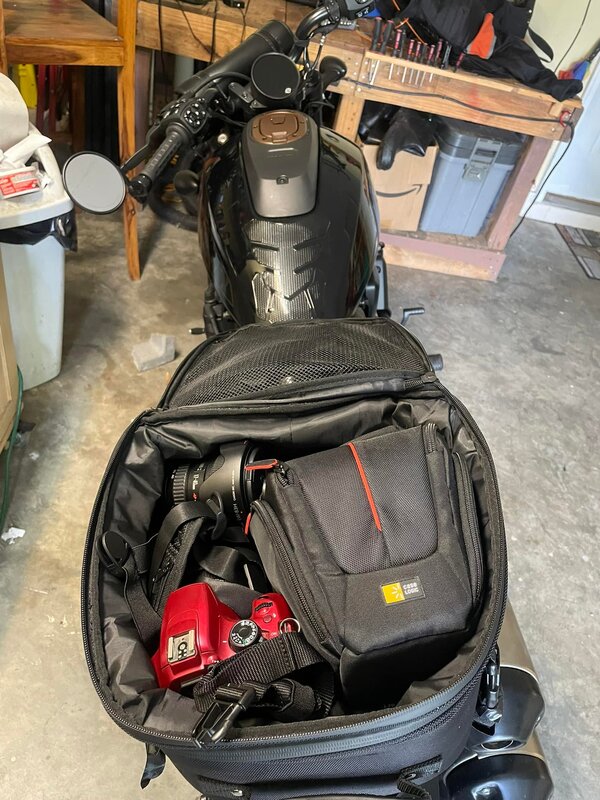
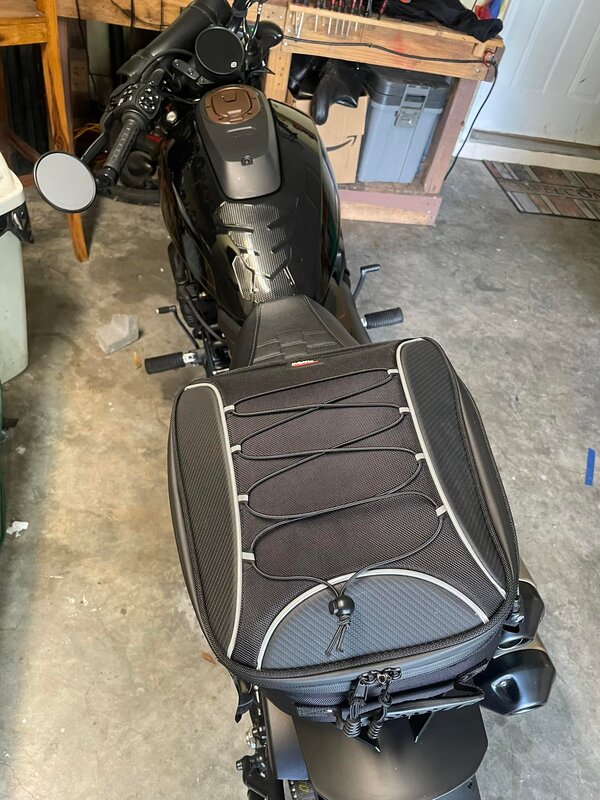
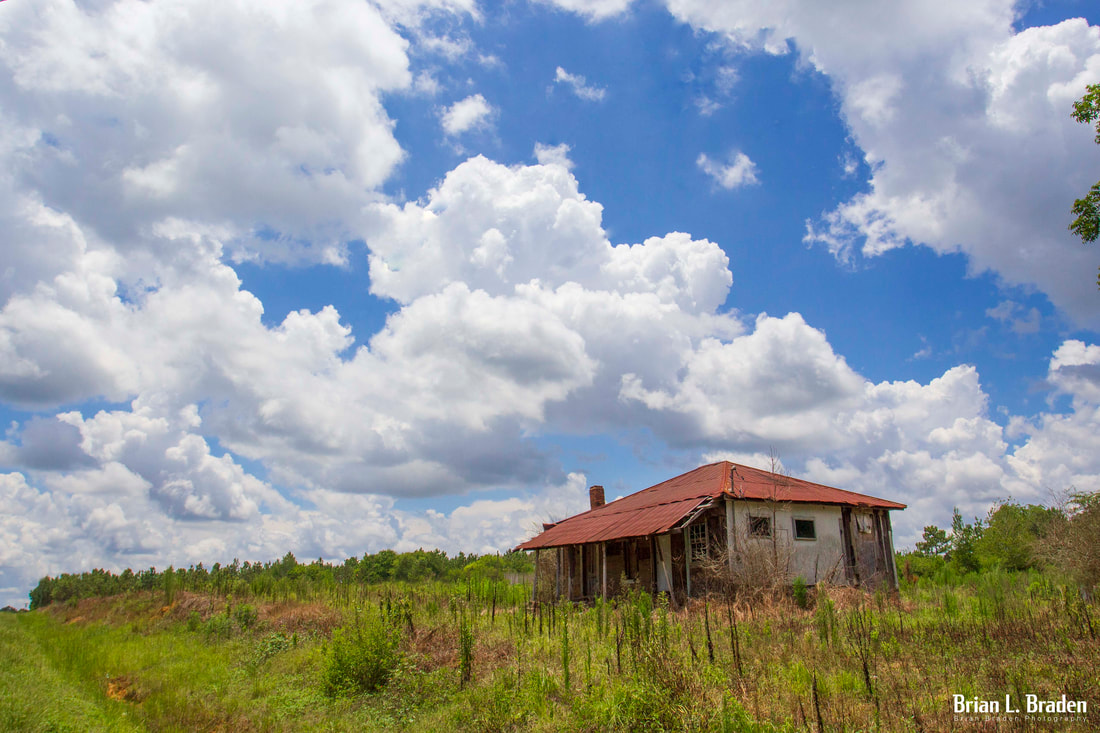
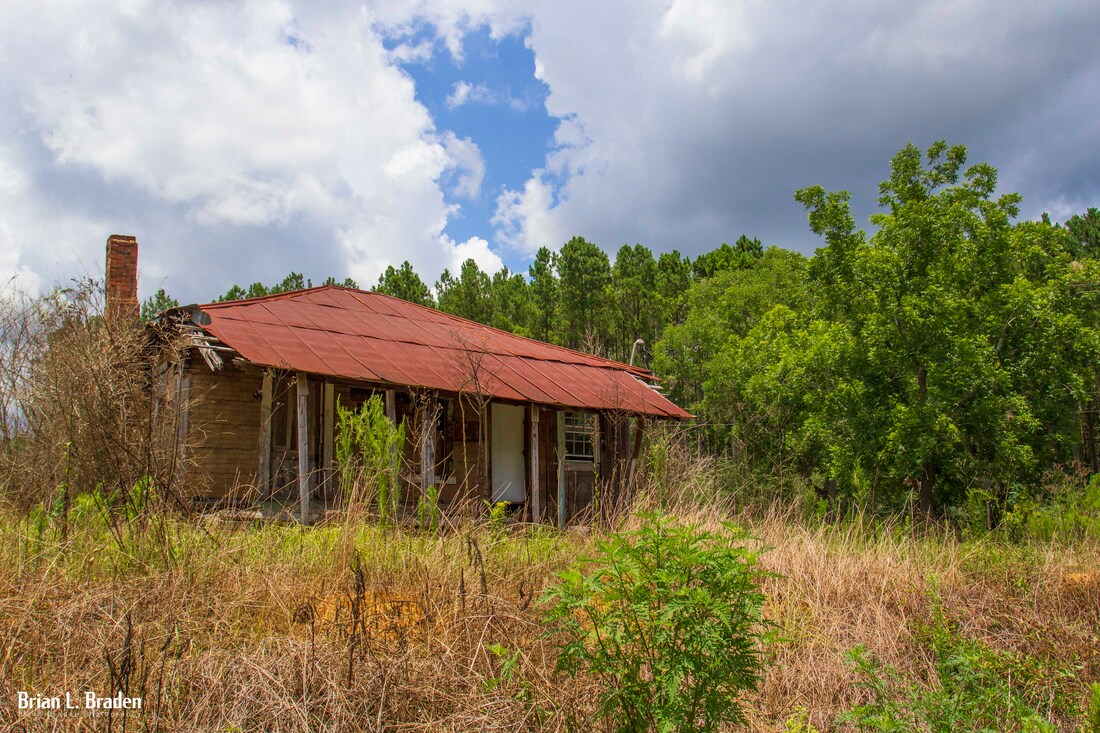
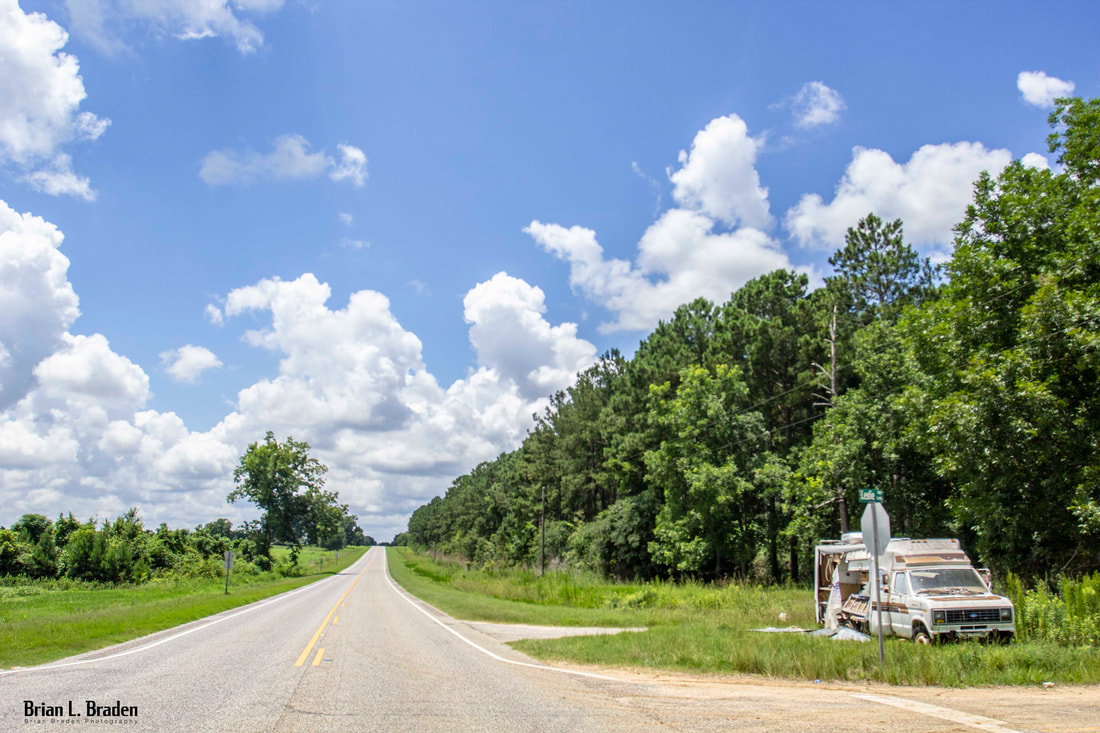
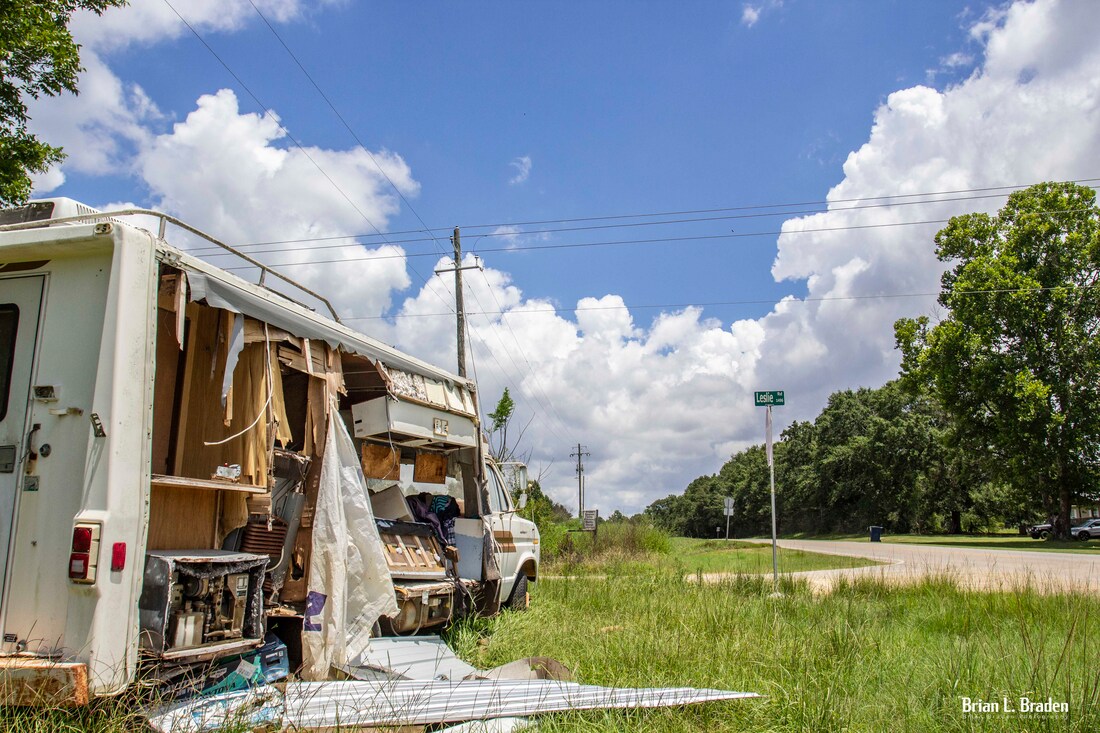
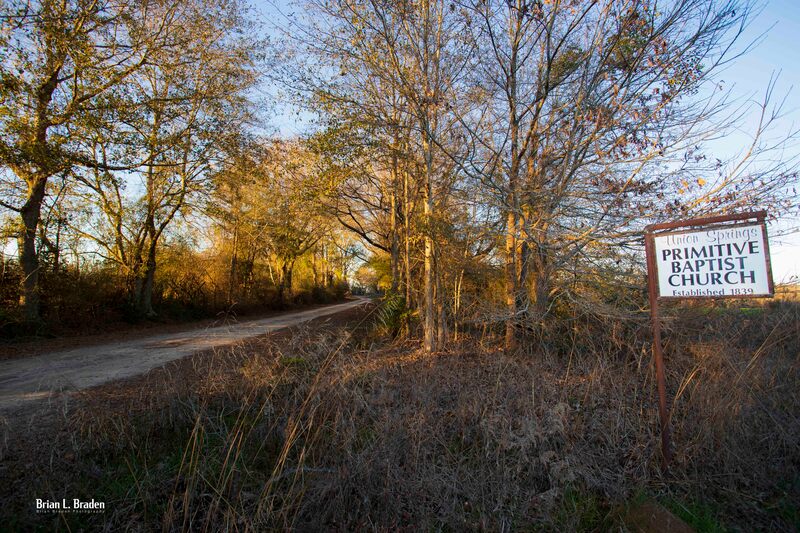
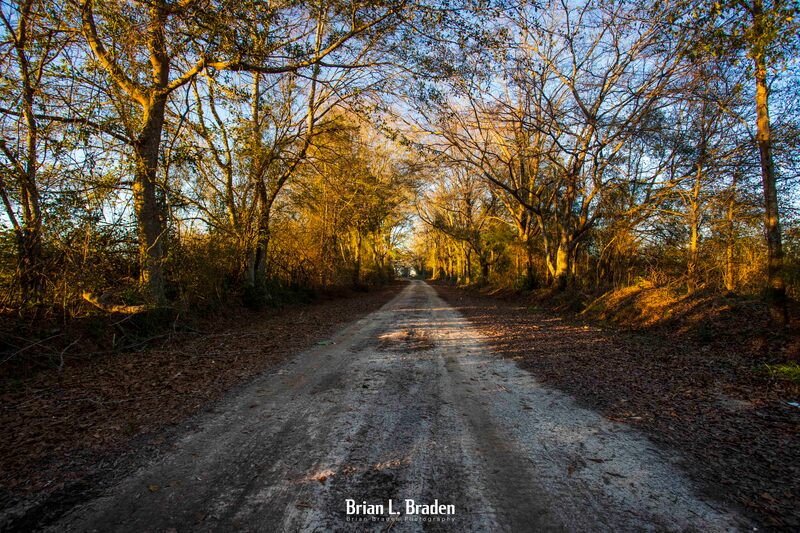
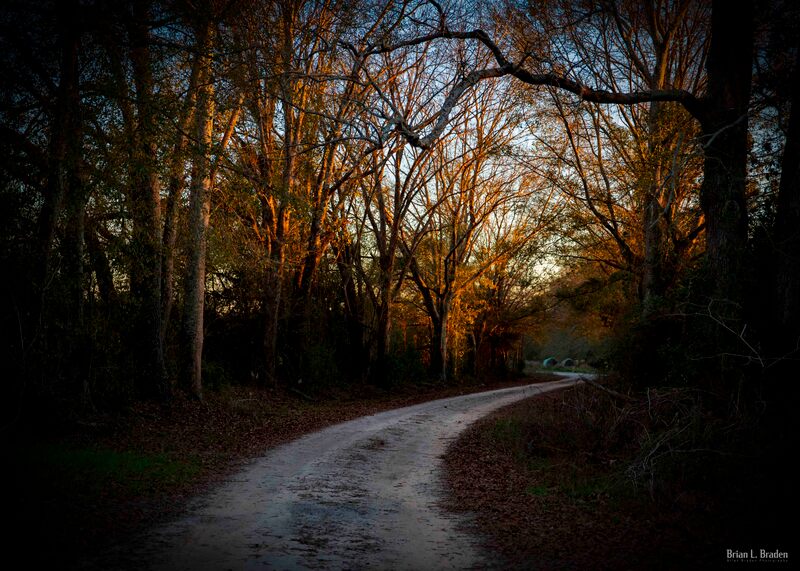
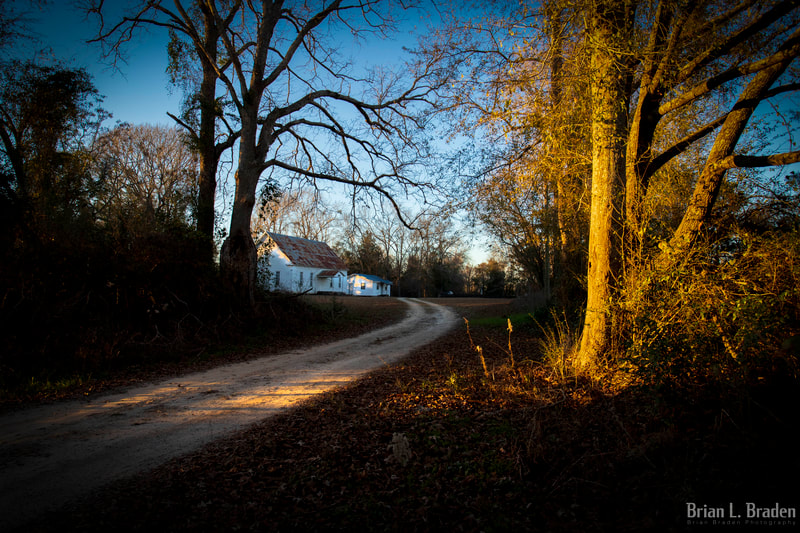
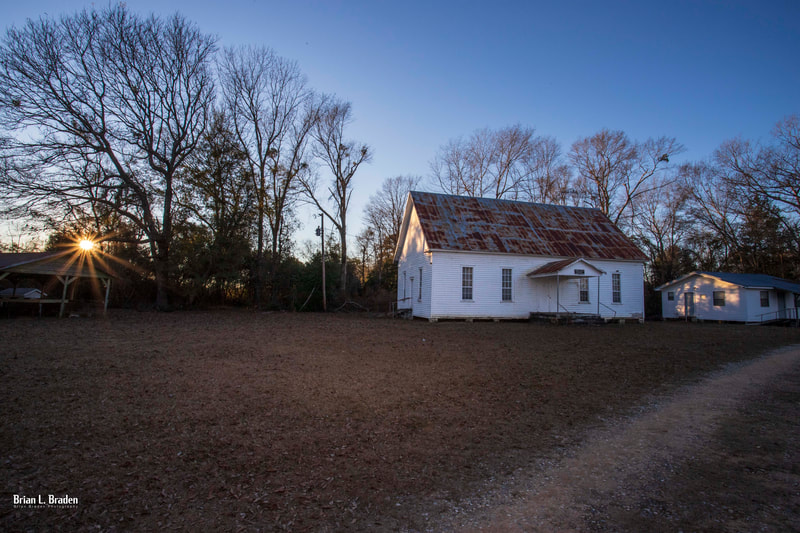
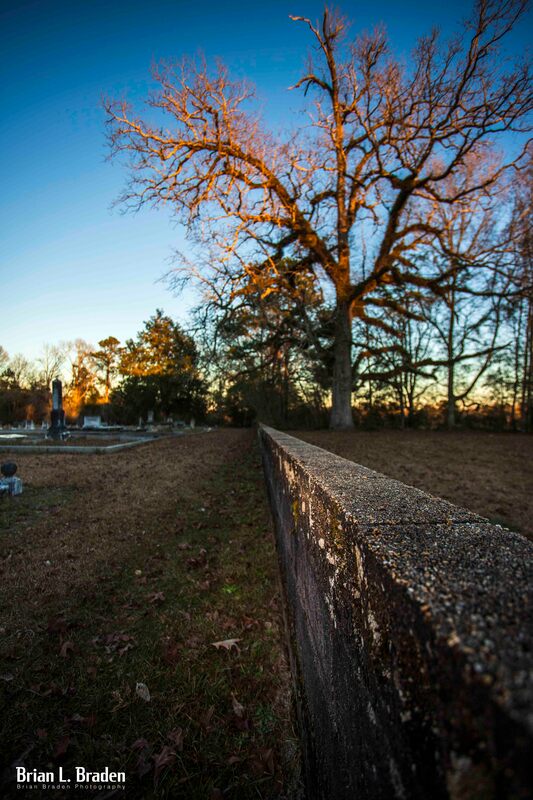
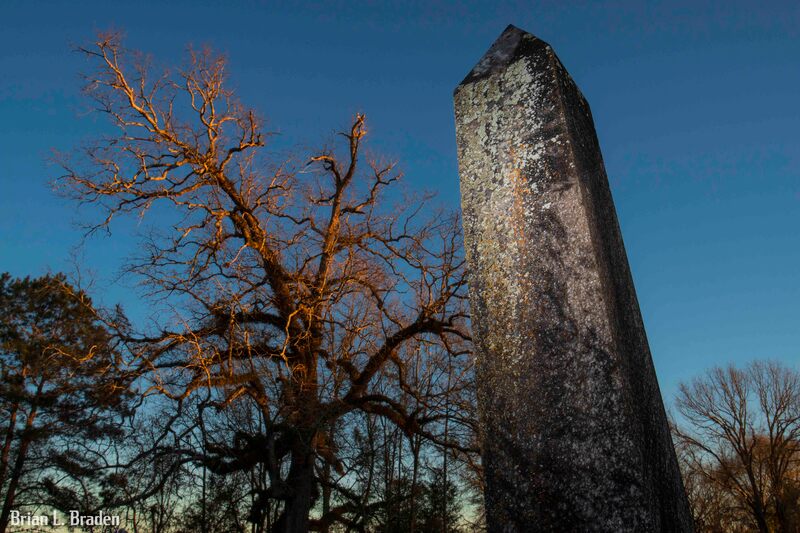
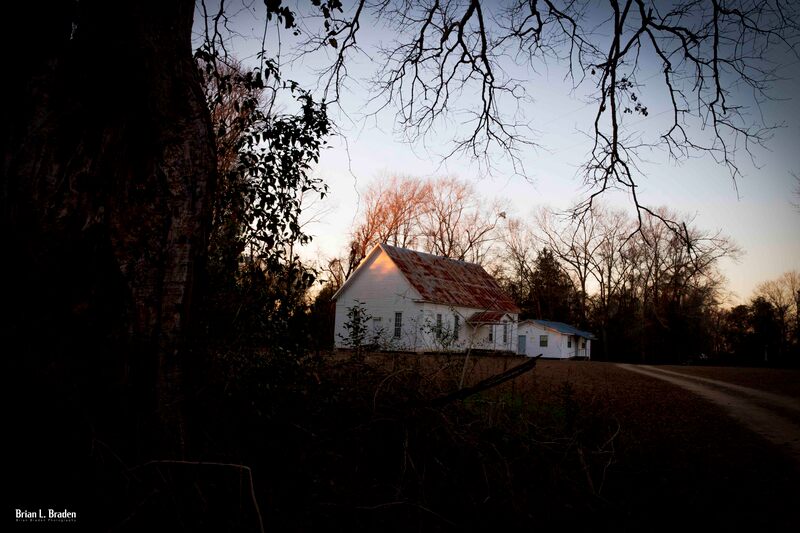
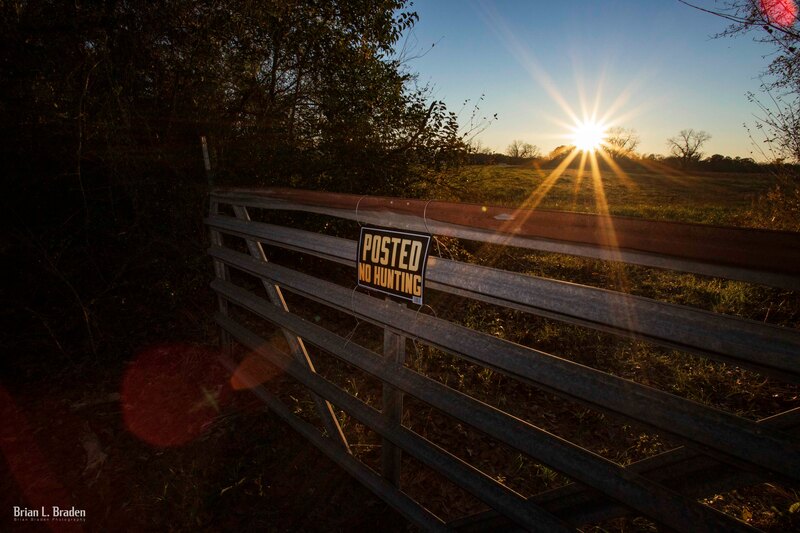
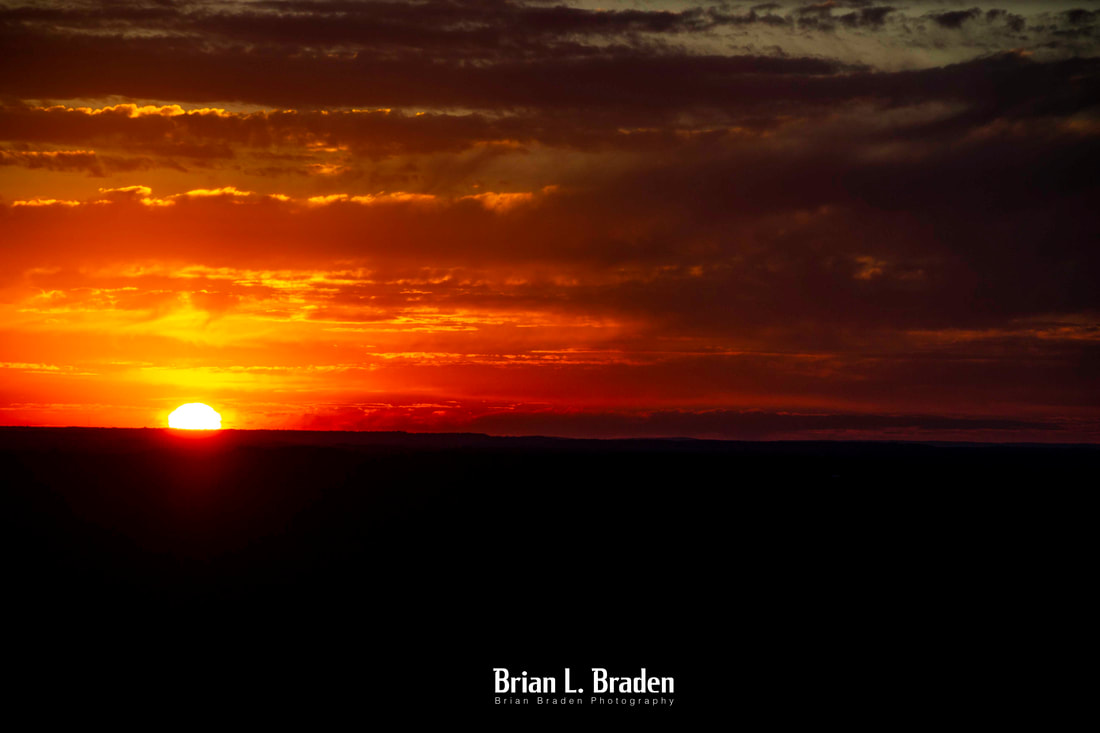
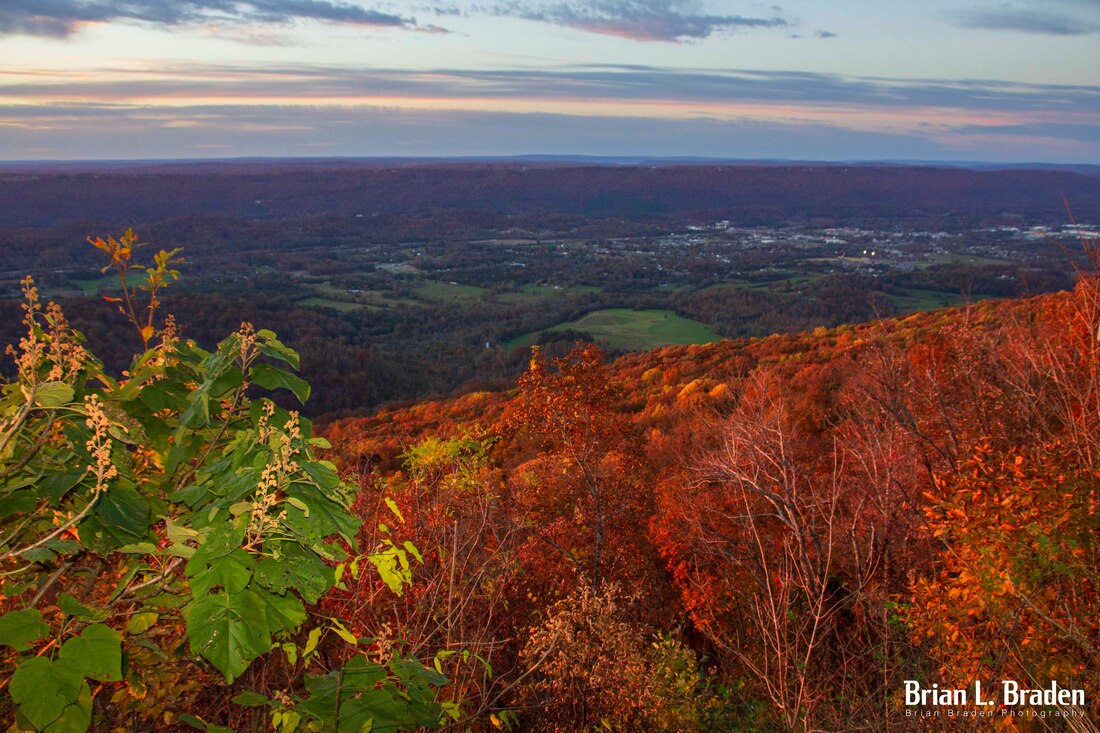
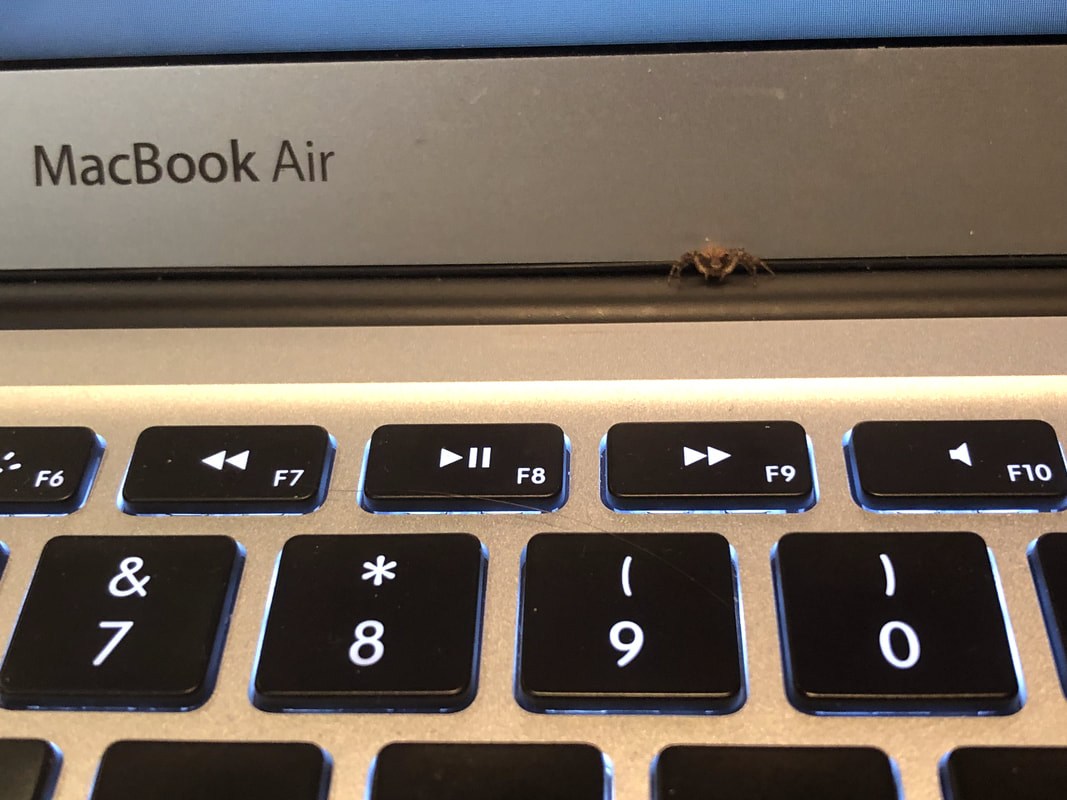
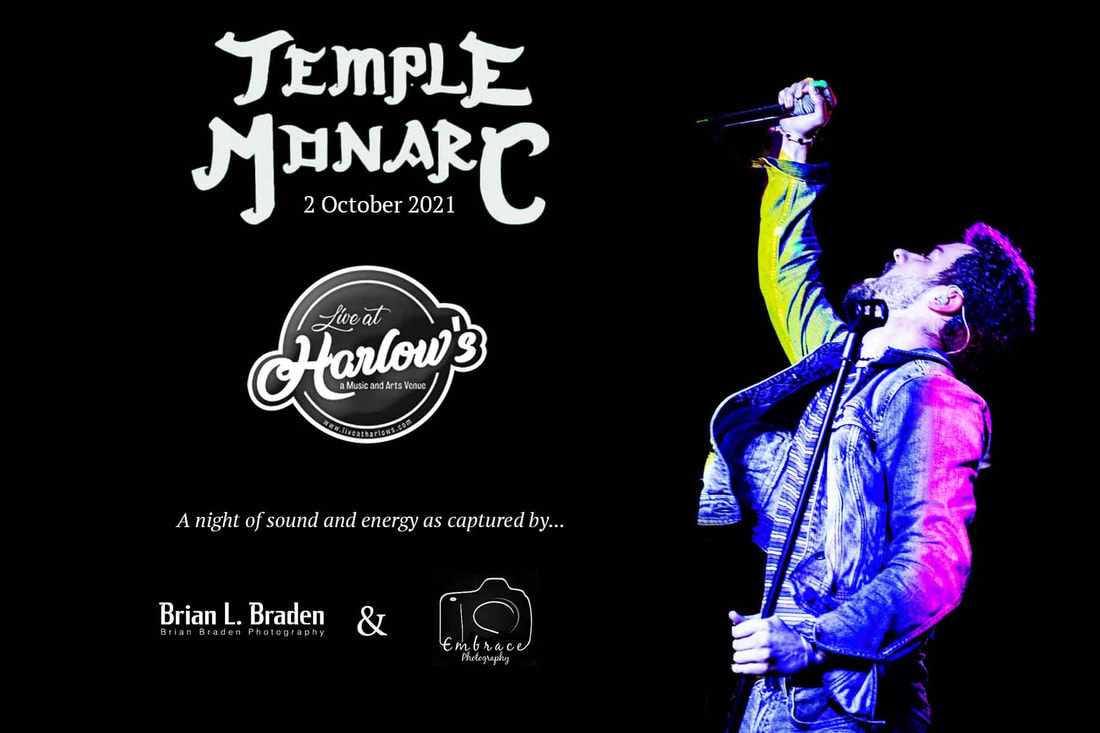
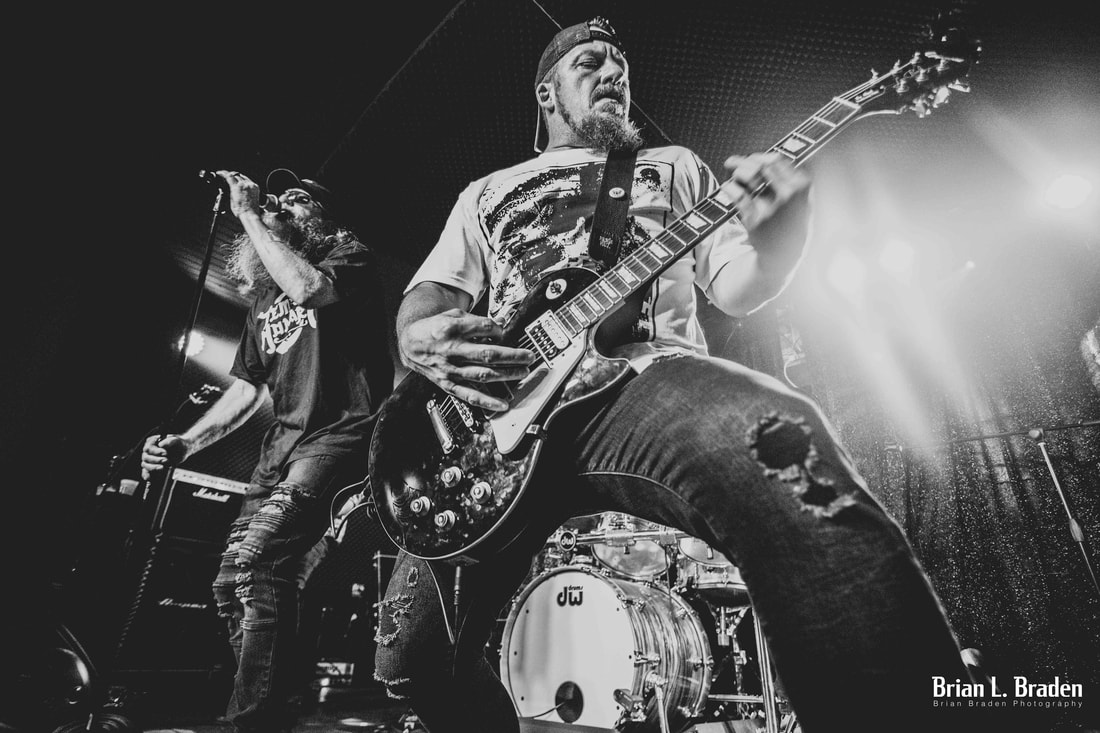


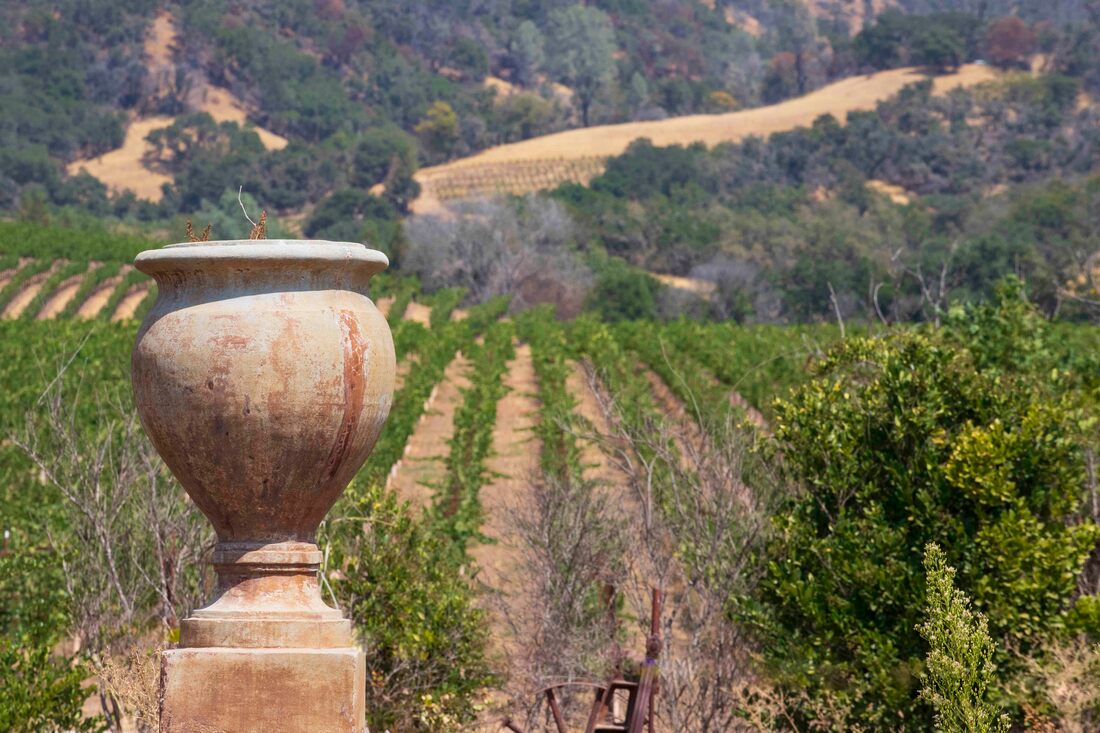

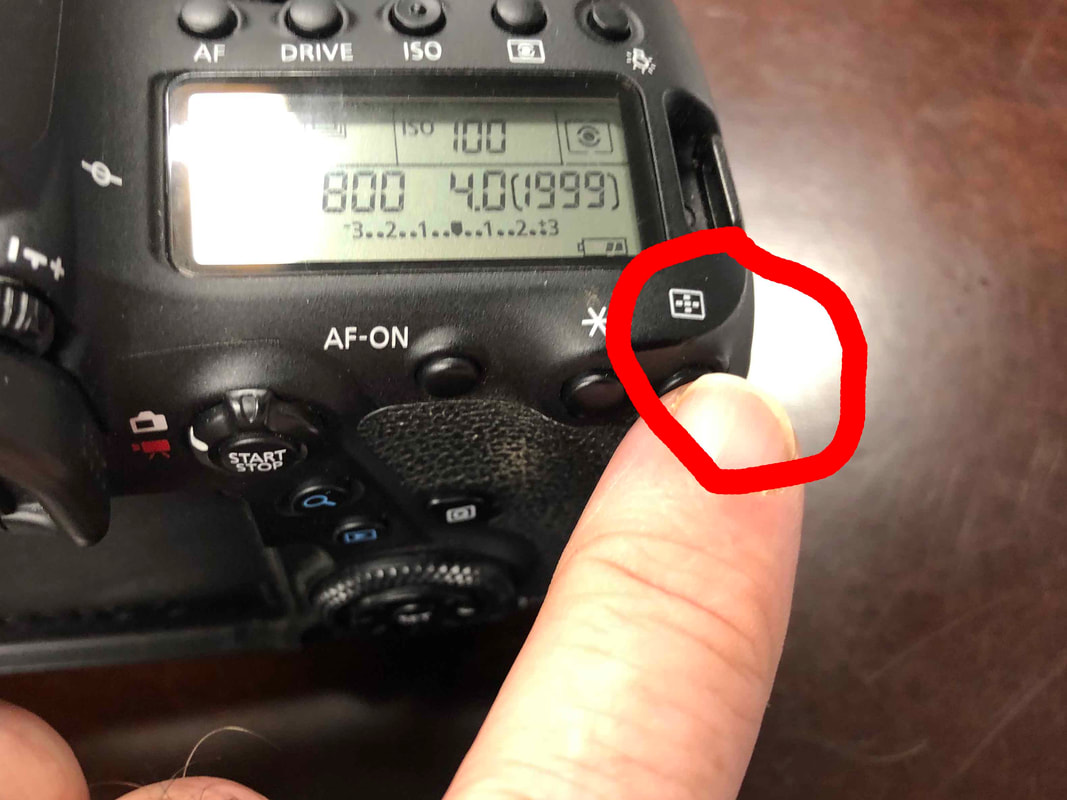
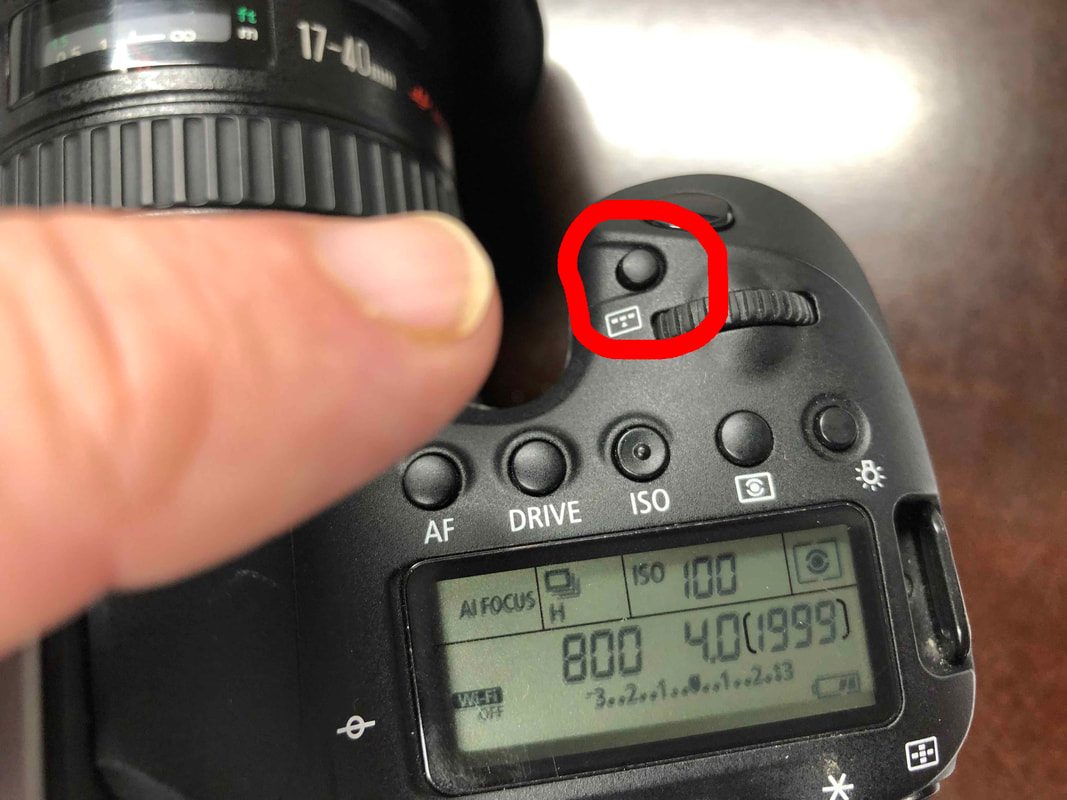
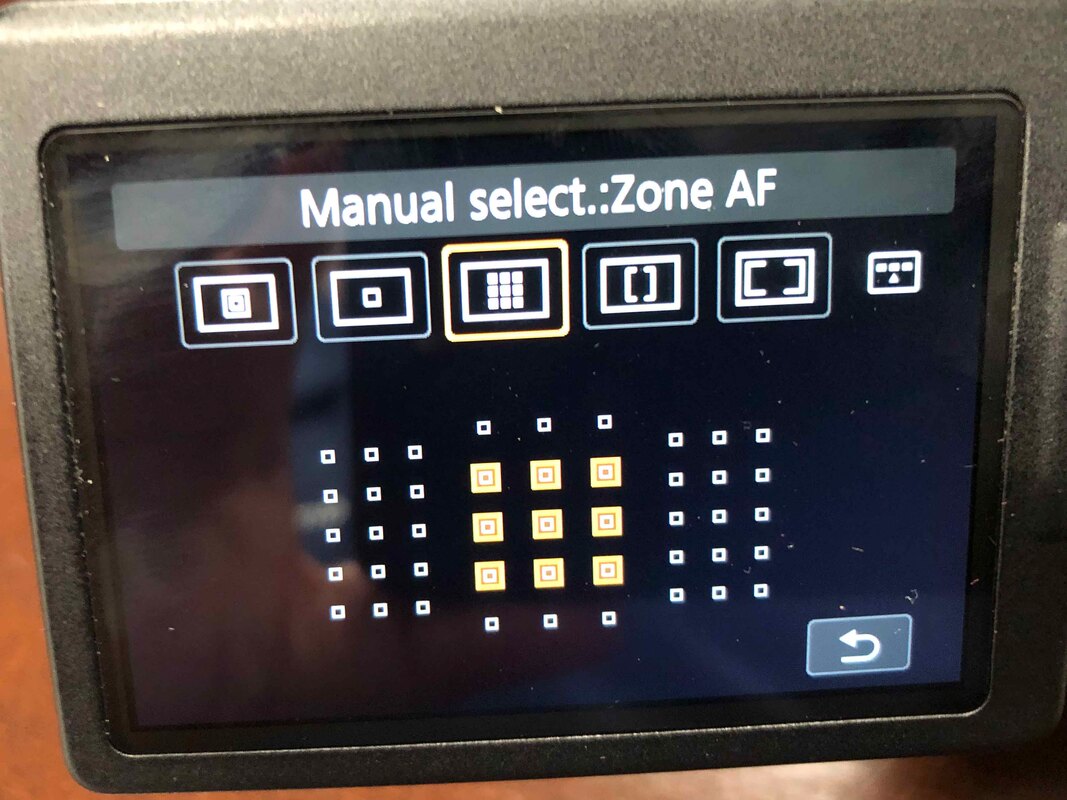
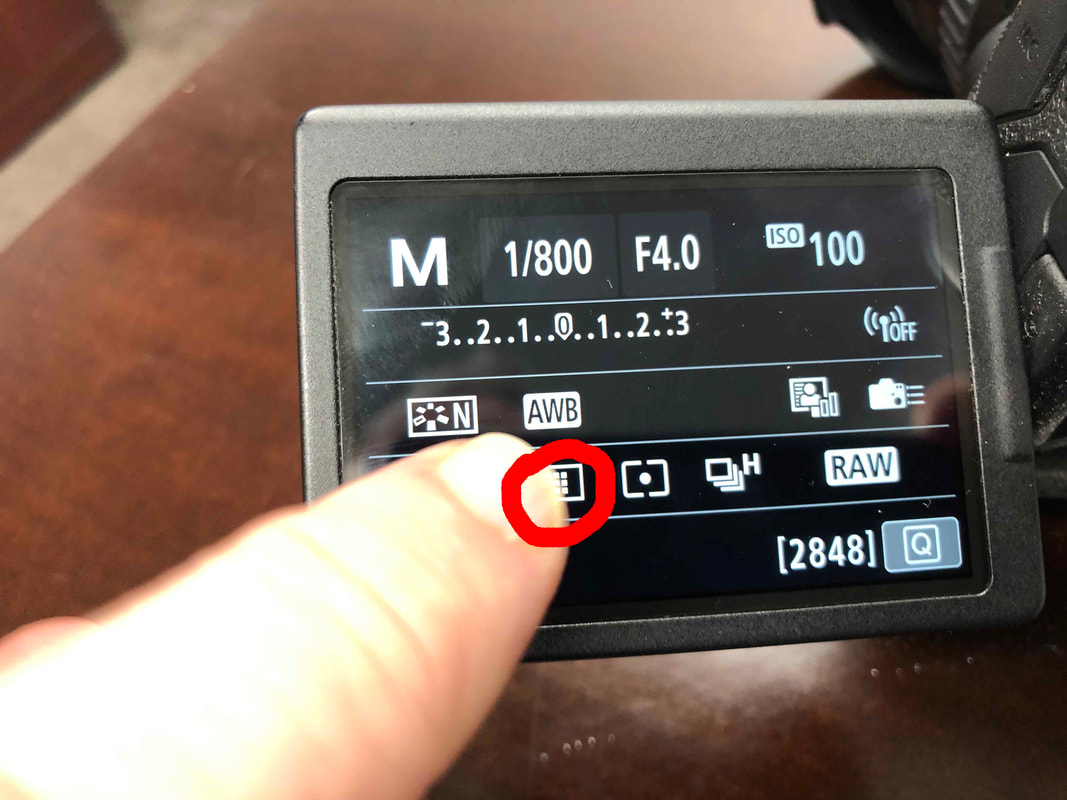
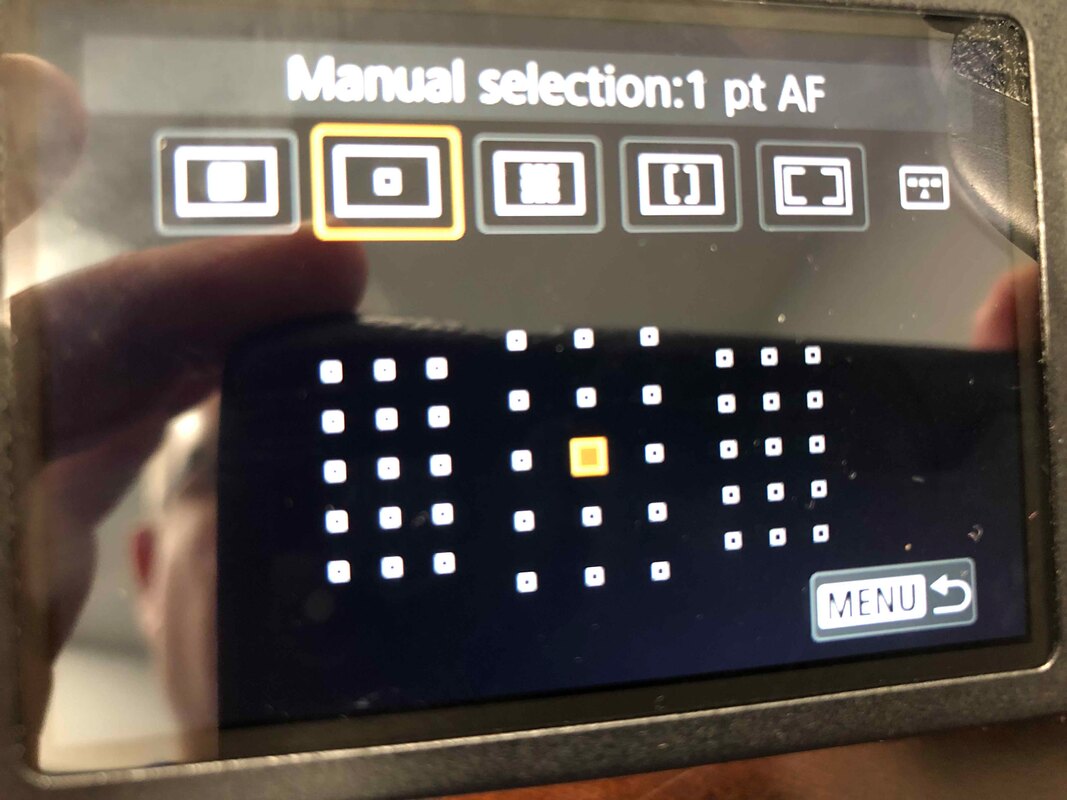
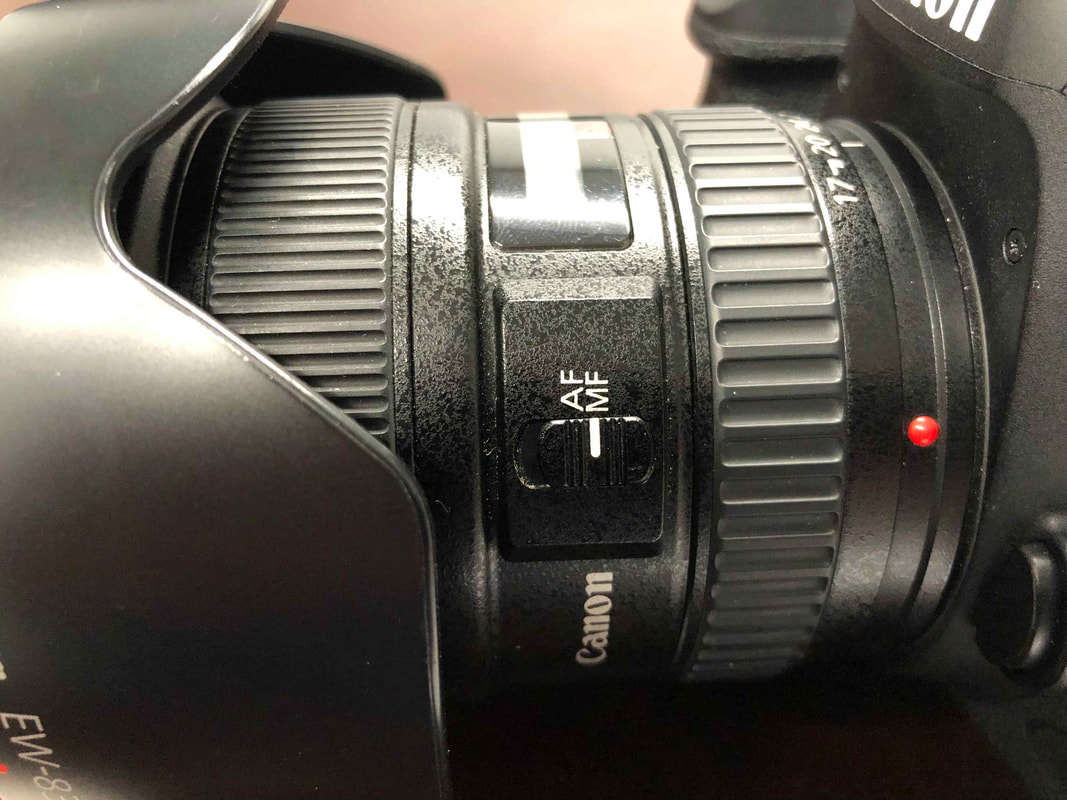
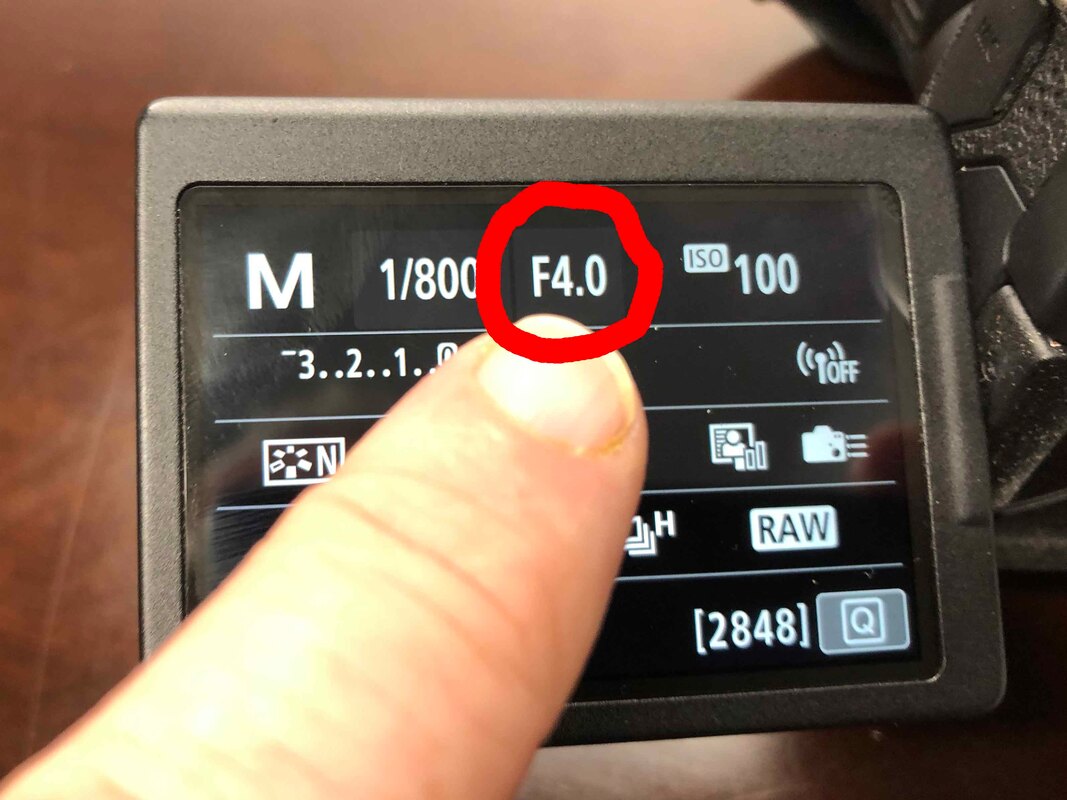
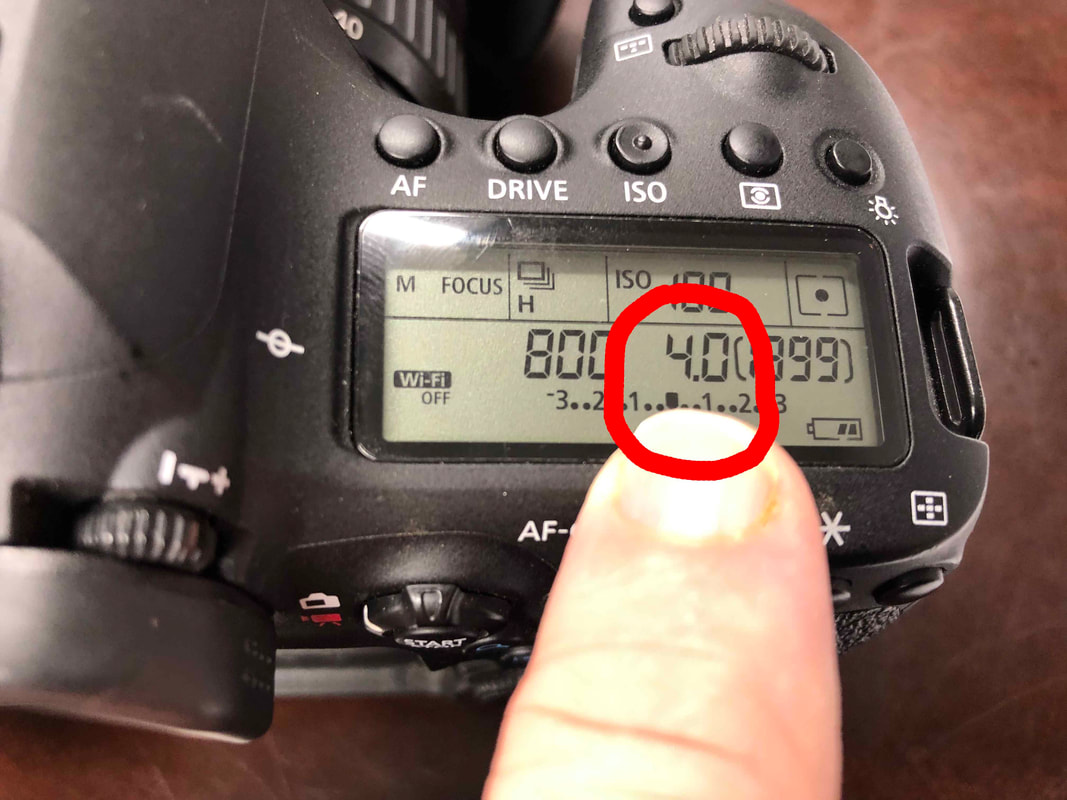


 RSS Feed
RSS Feed